International Unicorn Day on April 9th inspired Louise to look at unicorns and other heavenly horses at WMODA. It may seem strange to celebrate a creature that doesn’t exist but the mythical unicorn has become a symbol of enchantment and purity in our lives and has led to many metaphors, for example in business a unicorn is a very successful start-up company.
Always act naturally, except if you can be a unicorn. At that point, always be a unicorn
– Jaime Murray
Unicorns
Unicorns appear frequently in ceramic art. Royal Doulton’s most famous portrayal is the Lady and the Unicorn from Robert Jefferson’s Myths and Maidens series. The bone china tableau, designed in 1982, was inspired by the medieval tapestries in the Musée de Cluny in Paris. Facsimiles hang in Stirling Castle in Scotland and were woven to take the place of a set recorded in a 16th century inventory. Harry Potter fans will have seen some of the tapestries hanging in the Gryffindor Common Room in the films.
Medieval knowledge of the unicorn stemmed from the Bible, where the fabulous beast is mentioned nine times. Natural historians in ancient Greece were convinced that unicorns were real and that they lived in India, which was a distant and fabulous realm to them. Their writings variously describe the oryx, which is a kind of antelope, wild asses with a horn, and the rhinoceros. Centuries later Marco Polo also saw rhinos wallowing in mud and identified them as unicorns, claiming they were, “very ugly brutes to look at. They are not at all such as we describe them when we relate that they let themselves be captured by virgins, but clean contrary to our notions."
The association of virgins with unicorns comes from an ancient bestiary where a maiden, representing the Virgin Mary, miraculously tames a unicorn which lays its head on her lap and falls asleep. The allegory symbolized the Incarnation and the Passion of Christ and led to the unicorn’s wide-ranging appearance in religious art of the medieval era. In secular and humanist writings, the unicorn symbolized courtly love, chastity and faithful marriage.
The unicorn’s horn was believed to hold magical and medicinal properties and was known as alicorn, which was sold in Europe well into the 18th century. The powder was made from the tusks of narwhals or the horns of various animals and was believed to cure many diseases and detect poisons. Royal goblets were often made of alicorn to protect the monarch.
In heraldry, the unicorn is best known as the symbol of Scotland. Unicorns have supported the royal arms of the Kings of Scots since the 12th century. Following the 1707 union of the United Kingdom, the unicorn has been shown with the English lion, once believed to be the unicorn’s natural enemy. A Pilkington Royal Lancastrian luster vase in the museum features a heraldic unicorn and lion by Gordon Forsyth. Royal Doulton were proud holders of the royal warrant and were permitted to display the royal coat of arms in their factories. An example from their Nile Street headquarters in Stoke-on-Trent is now on display in the reception area of WMODA.
Unicorns remain an important part of popular culture today, appearing in literature, cinema and the arts. Josephine Wall, the British fantasy artist, has portrayed the mythical creature many times in her paintings. In the mid-1980s, Ringling and Barnum & Bailey circus trotted out a unicorn which mesmerized audiences and enraged animal rights groups as it had been created by fusing a goat’s horns after birth. Even more extraordinary, a patent application was filed in the USA for a surgical procedure of growing unicorns in 1980.
The mythical creatures continue to be loved by children and adults alike as symbols of purity, love, enchantment and magic. Many unicorn metaphors have been created in recent times, including, to ‘ride the unicorn’ meaning to embrace your inner insanity or craziness. Maybe that’s what we should all be doing on April 9! Wishing you blessings of unicorns (the group name for a herd of unicorns.)
Pegasus
Unicorns should not be confused with Pegasus, the divine winged horse of Greek mythology. He was the son of the sea god Poseidon with the Gorgon Medusa and was foaled upon her death. When he was born, Pegasus ascended to heaven to serve Zeus and he is usually depicted as a pure white stallion delivering thunder and lightning from Mount Olympus.
Pegasus was caught by the Greek hero Bellerophon with the help of Poseidon so that he could help defeat the monstrous Chimera. One of the last prestige sculptures produced at Royal Doulton’s Nile Street factory in 2009 was the Taming of Pegasus by Shane Ridge, which stands nearly 20 inches tall. After many exploits riding Pegasus, Bellerophon fell from the horse’s back while trying to reach Mount Olympus. Afterwards, Zeus transformed Pegasus into a constellation of stars in the northern sky.
In Classical mythology, Pegasus was also a friend of the muses and created Hippocrene, their sacred fountain on Mount Helicon with his hooves. Literally translated as “Horse’s Fountain” the water was believed to bring forth poetic inspiration when imbibed. Pegasus has been a symbol of wisdom and fame as well as poetry and in the 19th century was regarded as the fountainhead of sources for poets. William de Morgan created a spectacular golden luster plaque depicting magical winged horses, which is on display at WMODA.
More Mythical Horses
Fabulous horse creatures abound in Classical mythology and consequently are featured in the Fantastique exhibit at WMODA. There are centaurs, half-man, half-horse creatures, who were followers of Dionysus, the god of wine. They were known for being governed by their bestial half and were rowdy and boisterous when drunk. The Art Deco sculptor David Evans portrayed a centaur carrying off a struggling woman in 1928 and contemporary ceramic artist Victoria Ellis depicted a more subdued woman entering the dark woods on the back of a centaur.
According to Greek myth, the sea god Poseidon created the first horse and consequently became the god of horses. Apparently, he made many attempts to make the most beautiful animal in the world, which is probably why there were also hybrid creatures. The hippocamp has the head and front legs of a horse and the hindquarters of a fish or a serpent. A team of hippocamps drew Poseidon’s chariot through the ocean. Hippocamps were a popular subject in Victorian sculpture and there are several Majolica and stoneware examples at WMODA.
Helios, the Greek sun god, drove a four-horse chariot across the sky each day, giving the earth its hours and seasons. Phaeton, his mortal son, pleaded to drive his father’s chariot, but he could not control the horses. First, they veered heavenward towards the sun then the blazing chariot scorched the earth creating deserts. Zeus intervened to save the planet and hurled a thunderbolt at the chariot, plunging Phaeton to his death. Wedgwood created a Jasper ware plaque depicting The Fall of Phaeton, which was designed by George Stubbs, the famous 18th century painter of equestrian subjects. Helios was eventually displaced by Apollo as the god of the sun and light. He was gloriously portrayed in Meissen porcelain with his heavenly horses prancing among clouds bursting with sun beams. This epic piece is on display at WMODA.
In Norse mythology, horses are associated with the Valkyries, the “choosers of the slain” who decide who may die in battle and who may live. The Ride of the Valkyries is renowned through Wagner’s famous Rhinegold series of operas and was brilliantly illustrated by Arthur Rackham in 1910. The Royal Doulton Valkyries vase at WMODA shows how much Charles J. Noke was influenced by Rackham and other famous painters in the development of his Old Sung Wares during the 1920s.
Let us just hate hatred; and once give love a play, we will fall in love with a unicorn
– Herman Melville
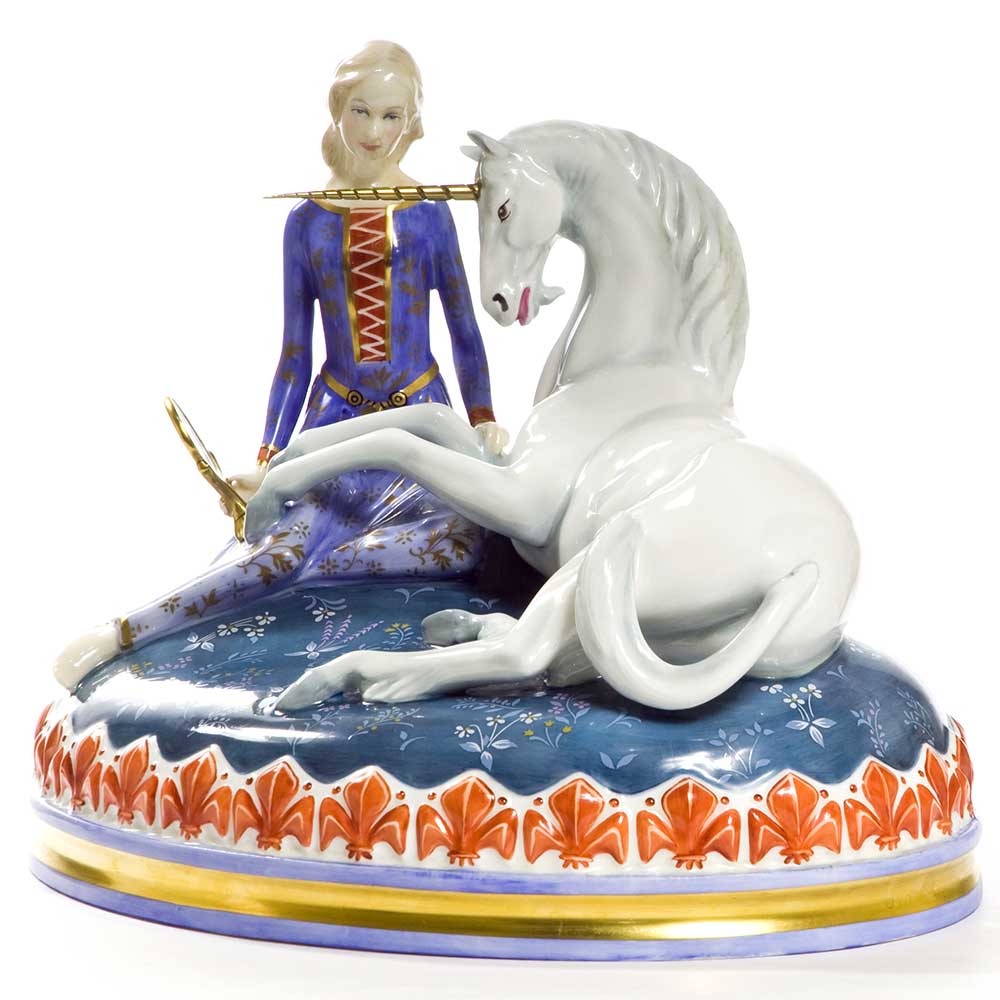
Royal Doulton Lady and the Unicorn by R. Jefferson
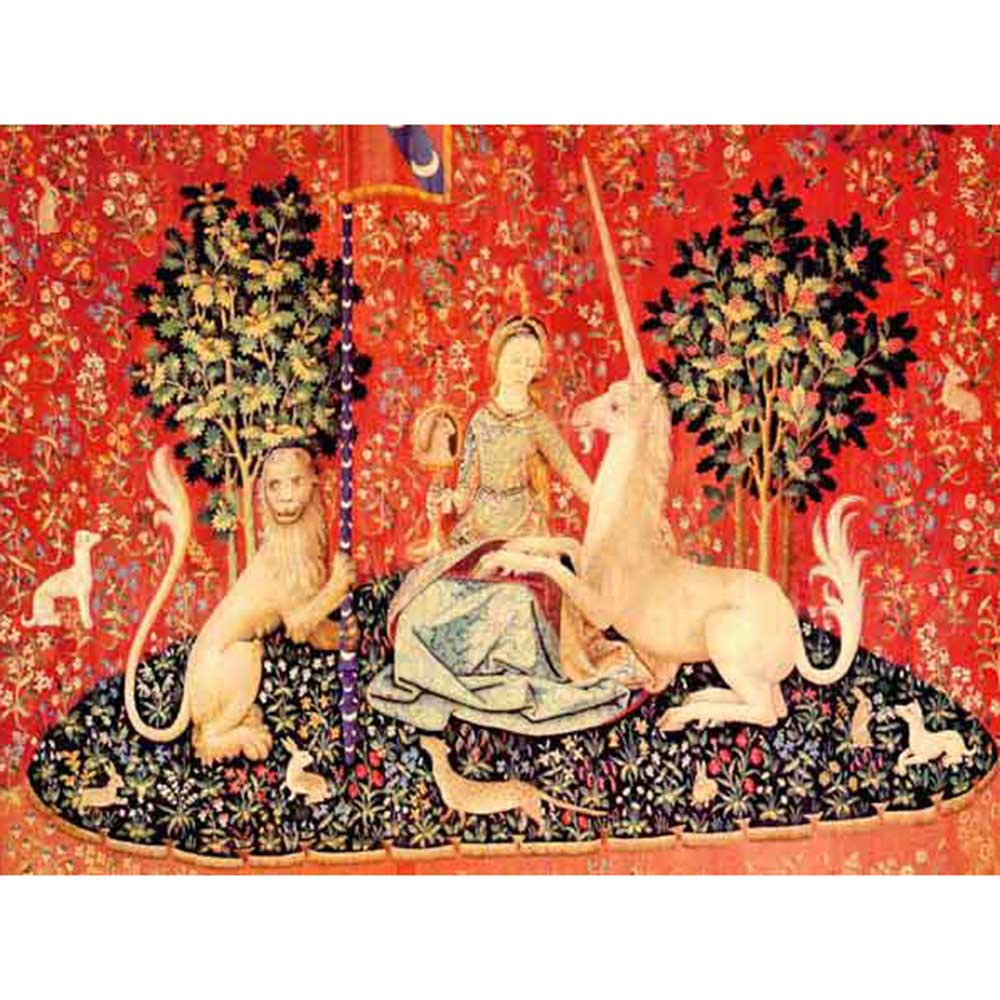
Lady and the Unicorn Tapestry
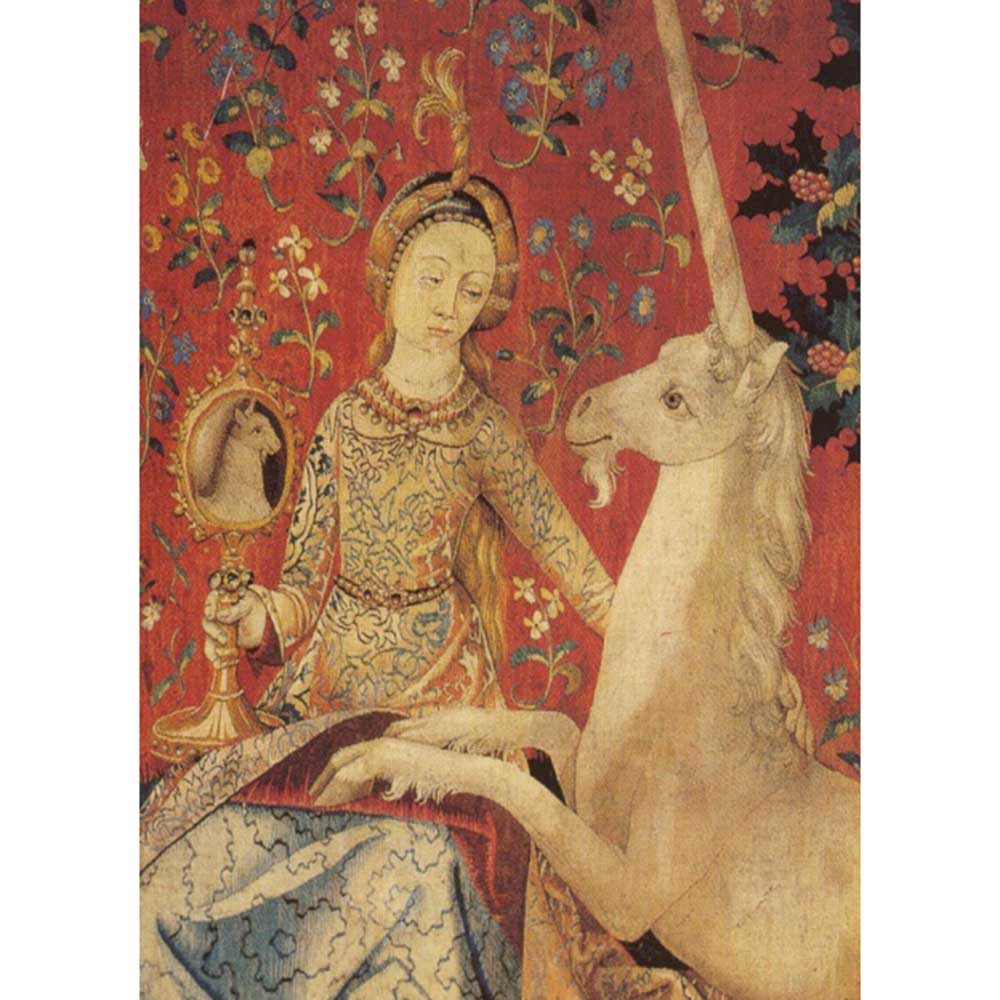
Lady and the Unicorn detail
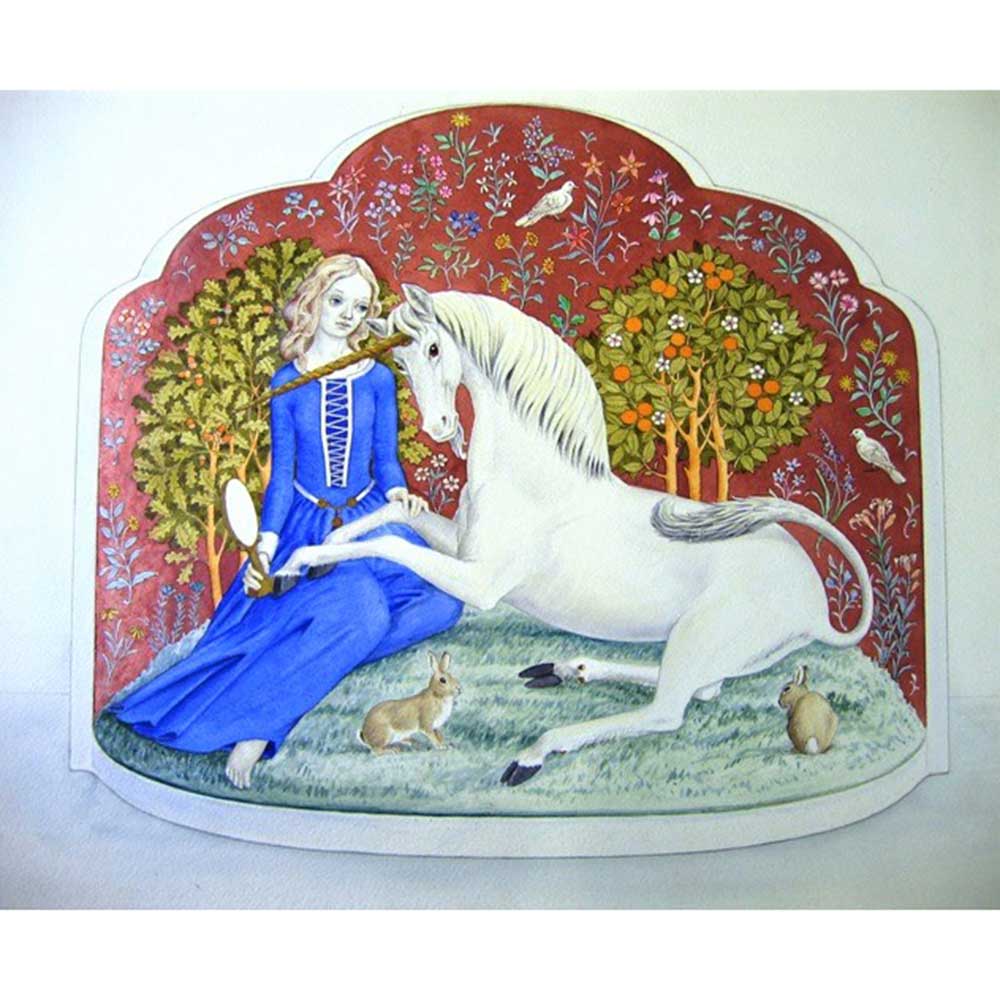
Royal Doulton Lady and the Unicorn original design
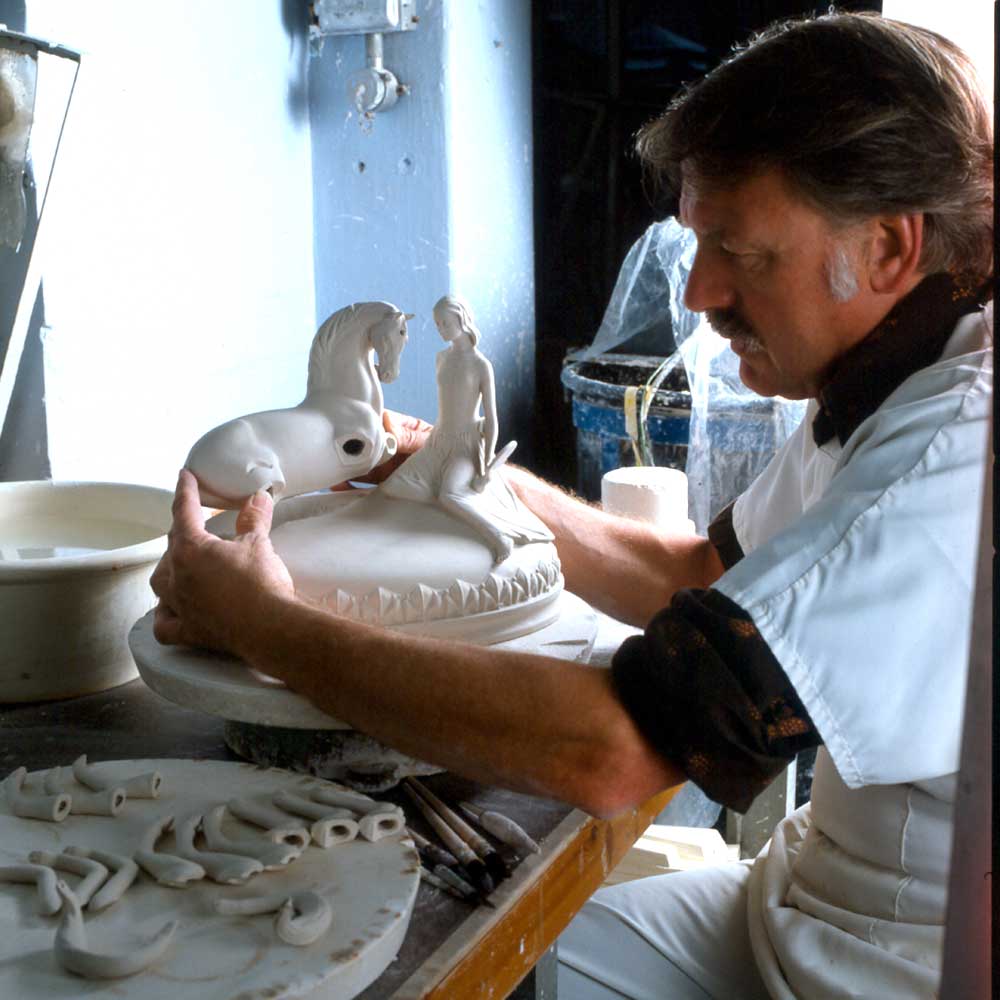
Making the Lady and the Unicorn
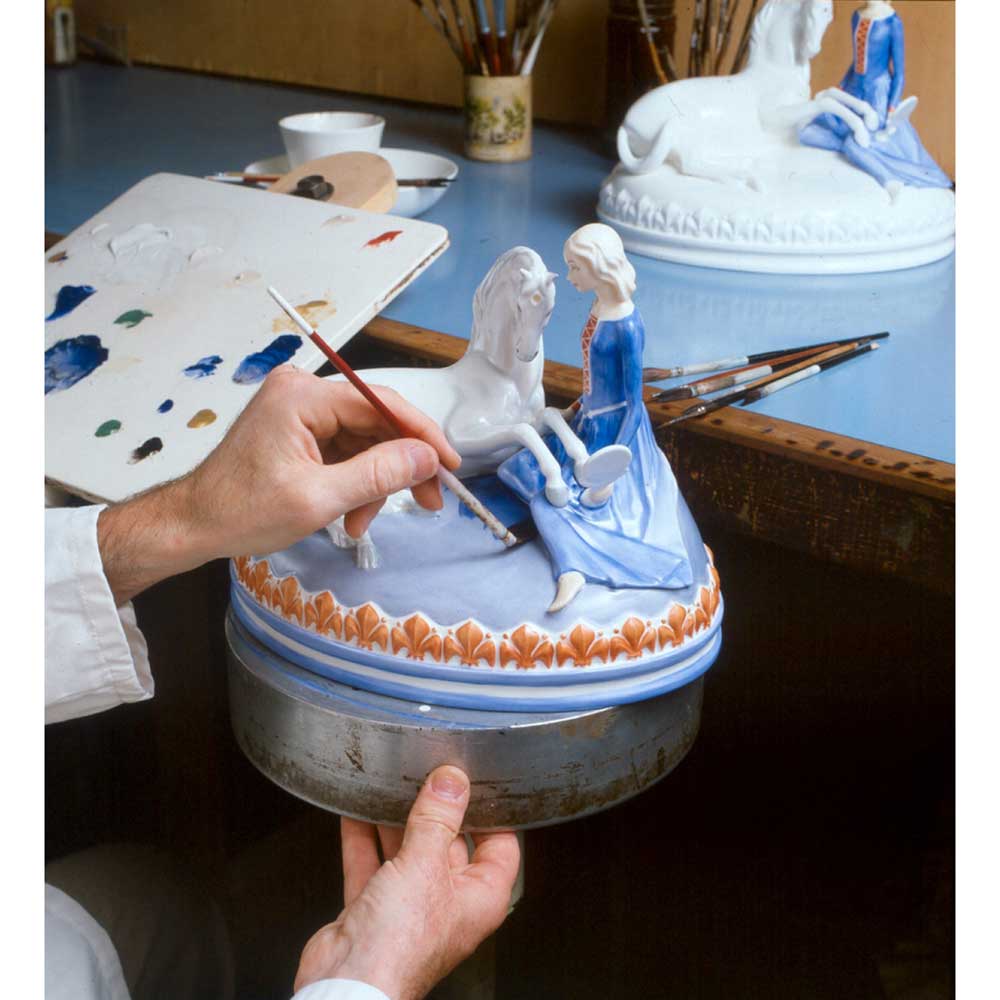
Making the Lady and the Unicorn
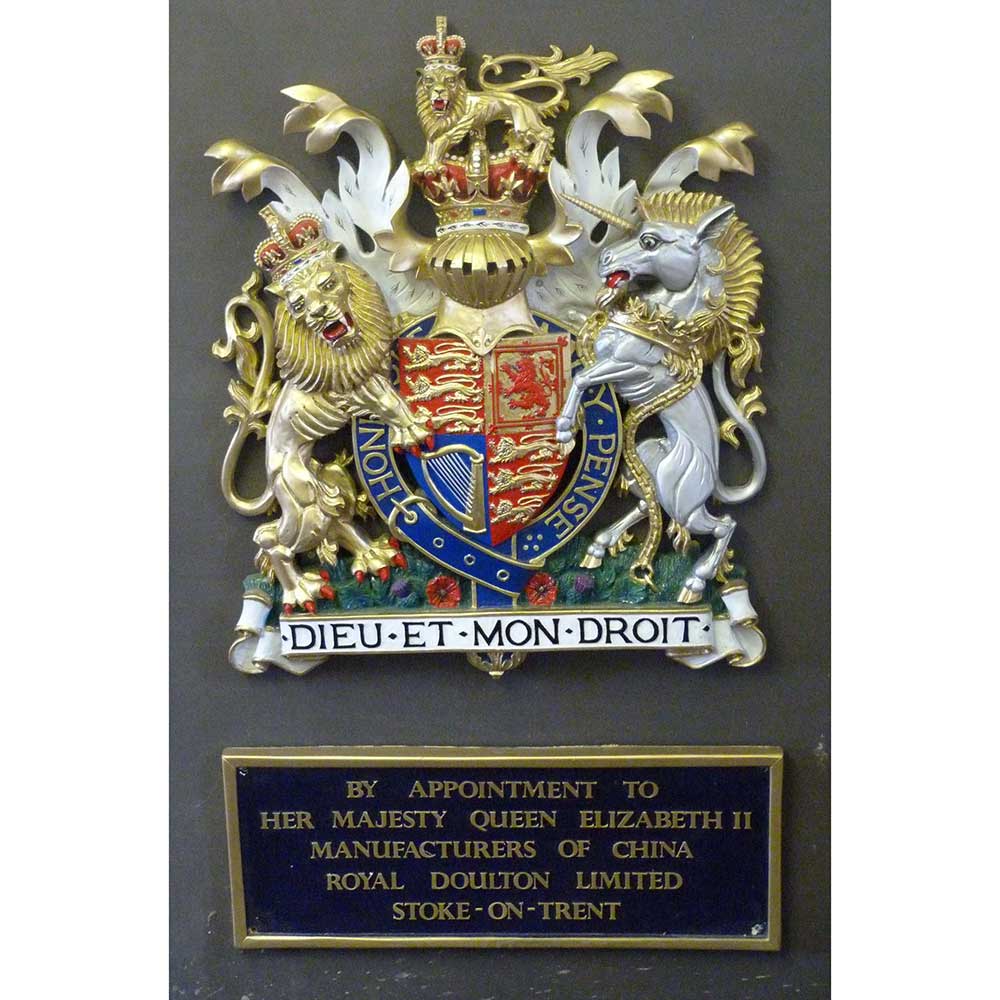
Royal Doulton Royal Warrant Sign
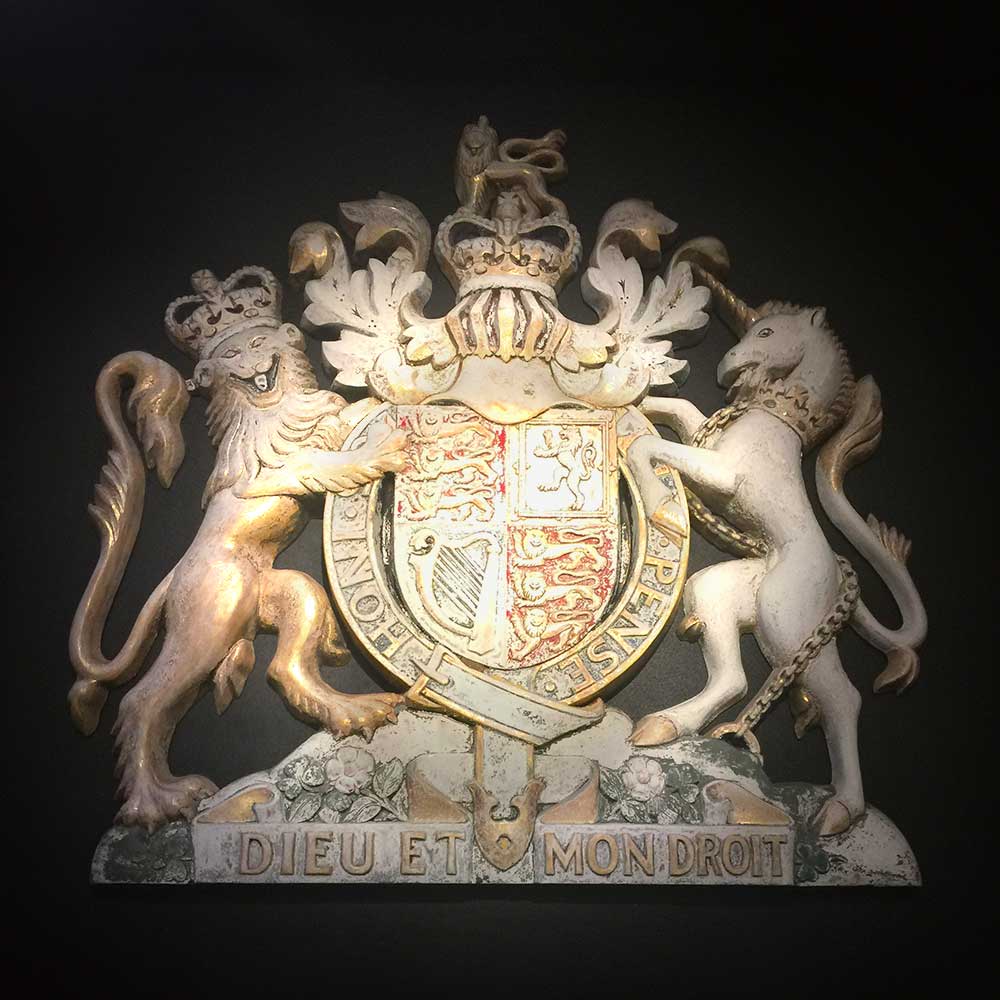
Royal Coat of Arms at WMODA, formerly at Royal Doulton
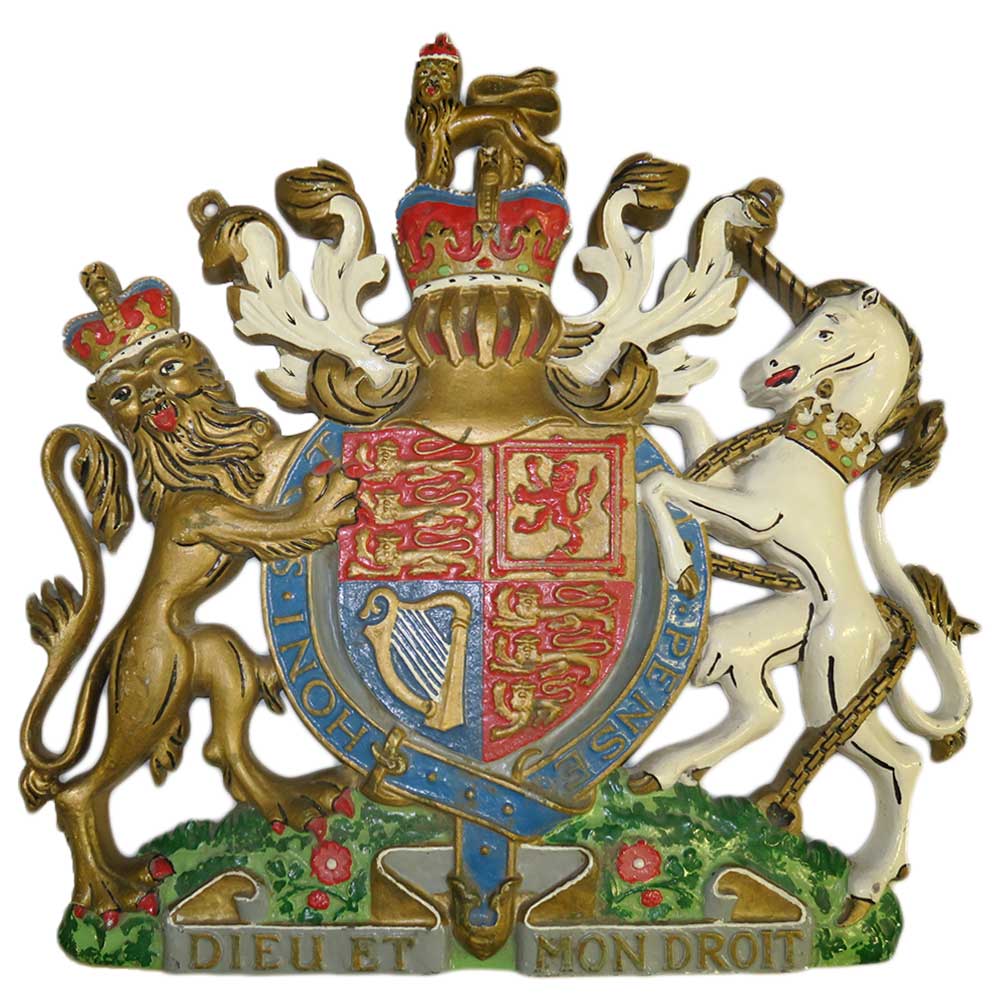
Royal Coat of Arms in Cast Iron

Royal Doulton Nile Street Office

Royal Doulton Nile Street Office
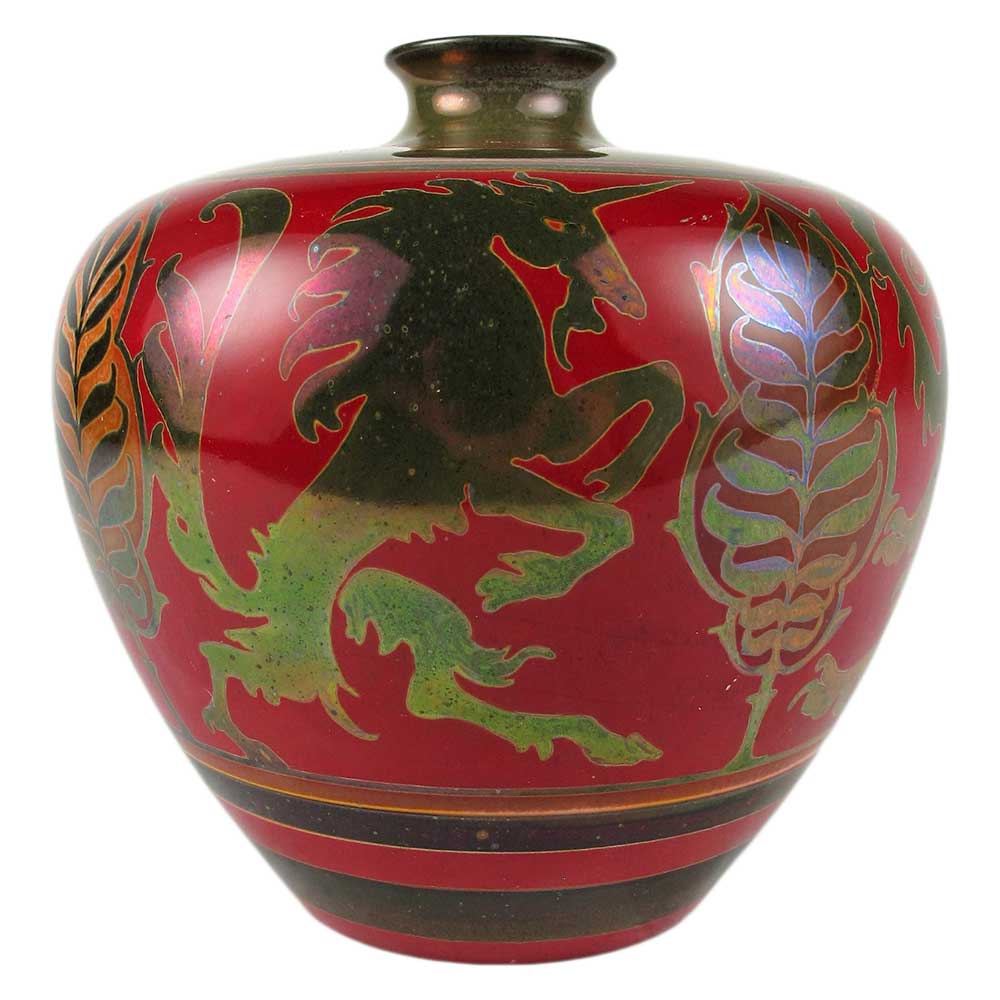
Pilkington Royal Lancastrian Unicorn Vase
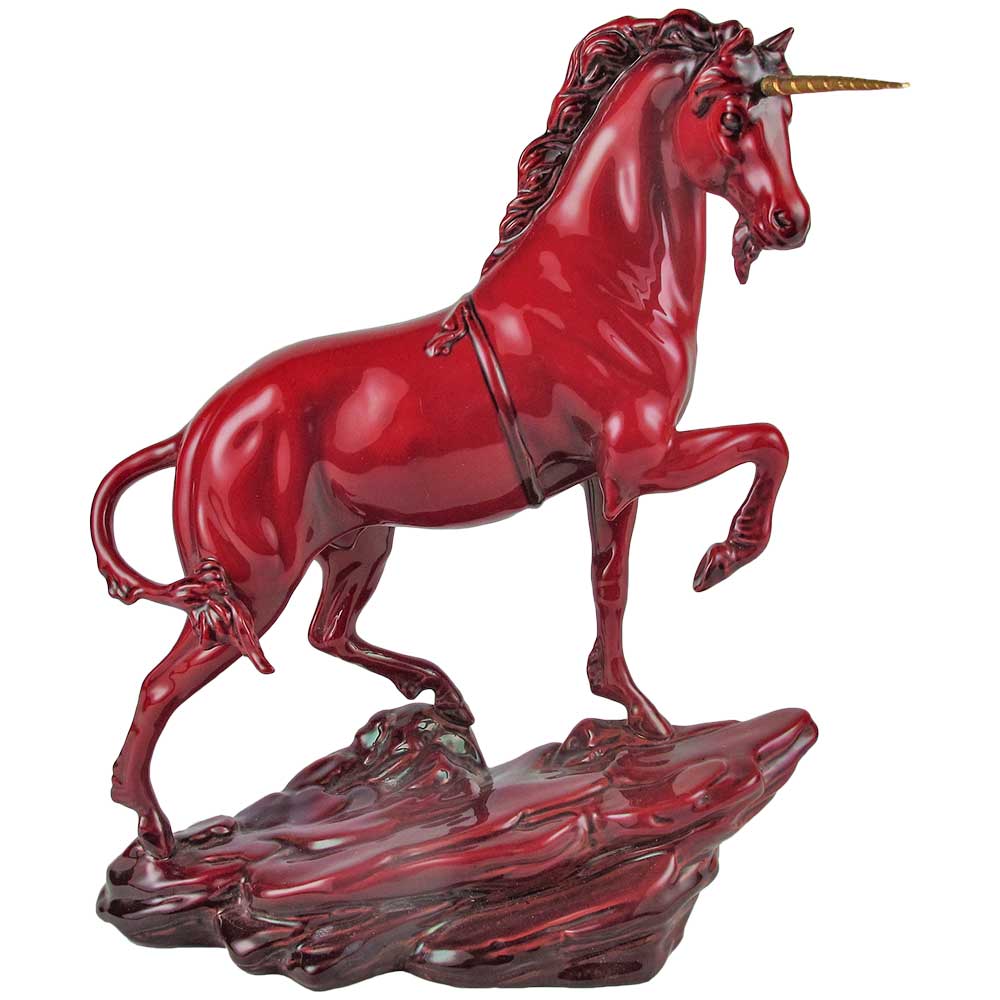
Royal Doulton Flambe Unicorn Prototype
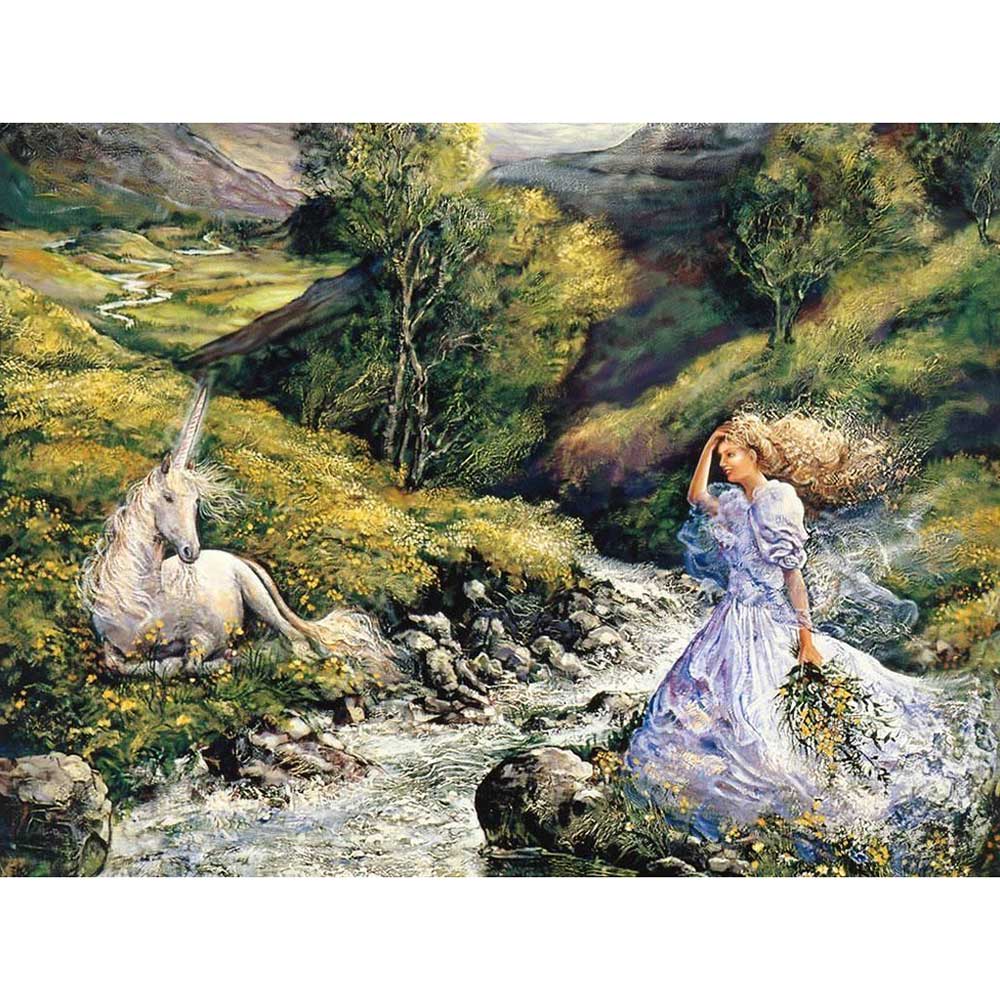
Unicorn Encounter by J. Wall
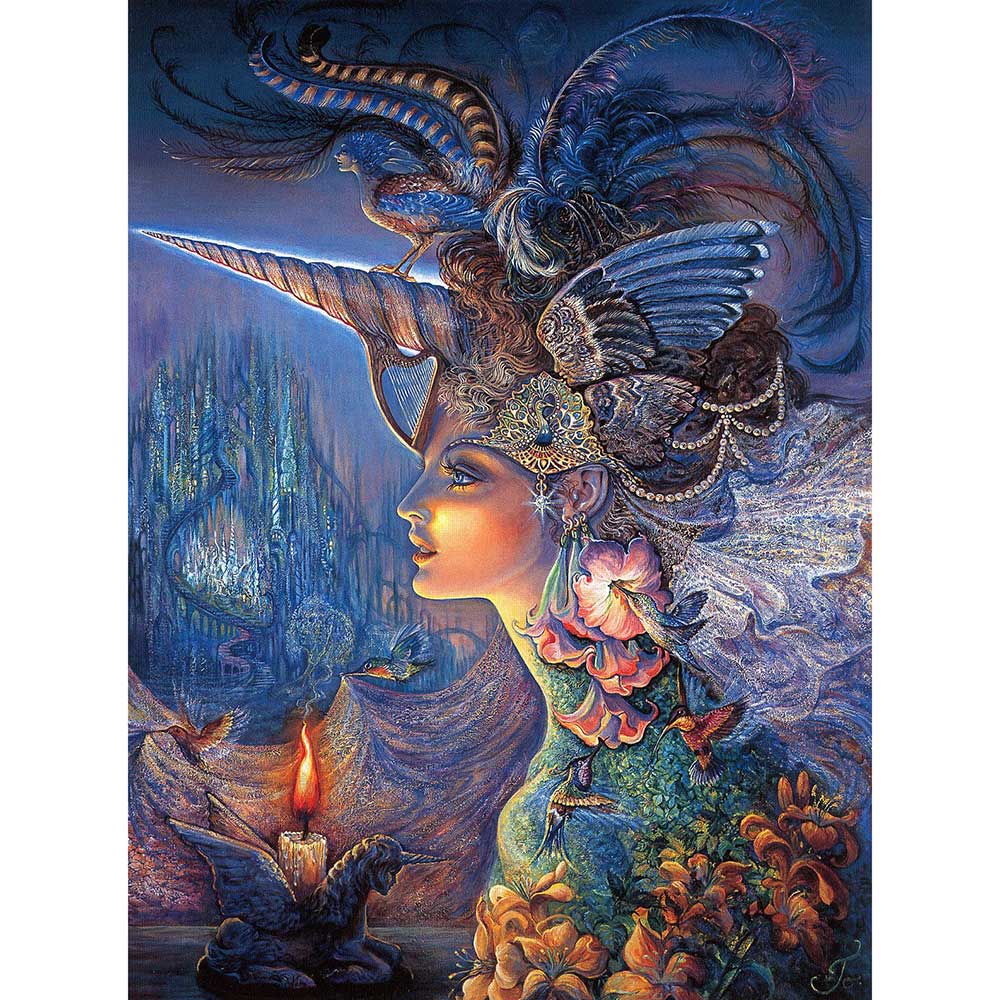
My Lady Unicorn by J. Wall
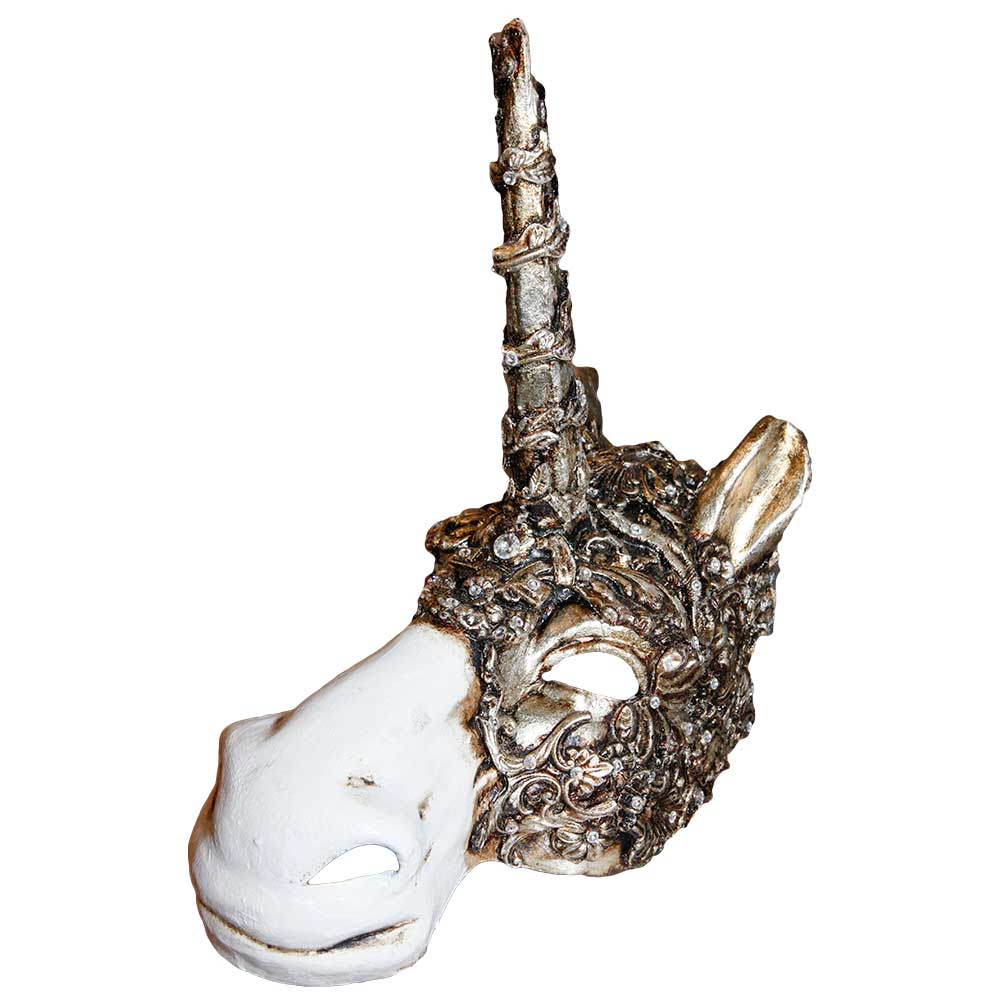
Balocoloc Unicorn Mask
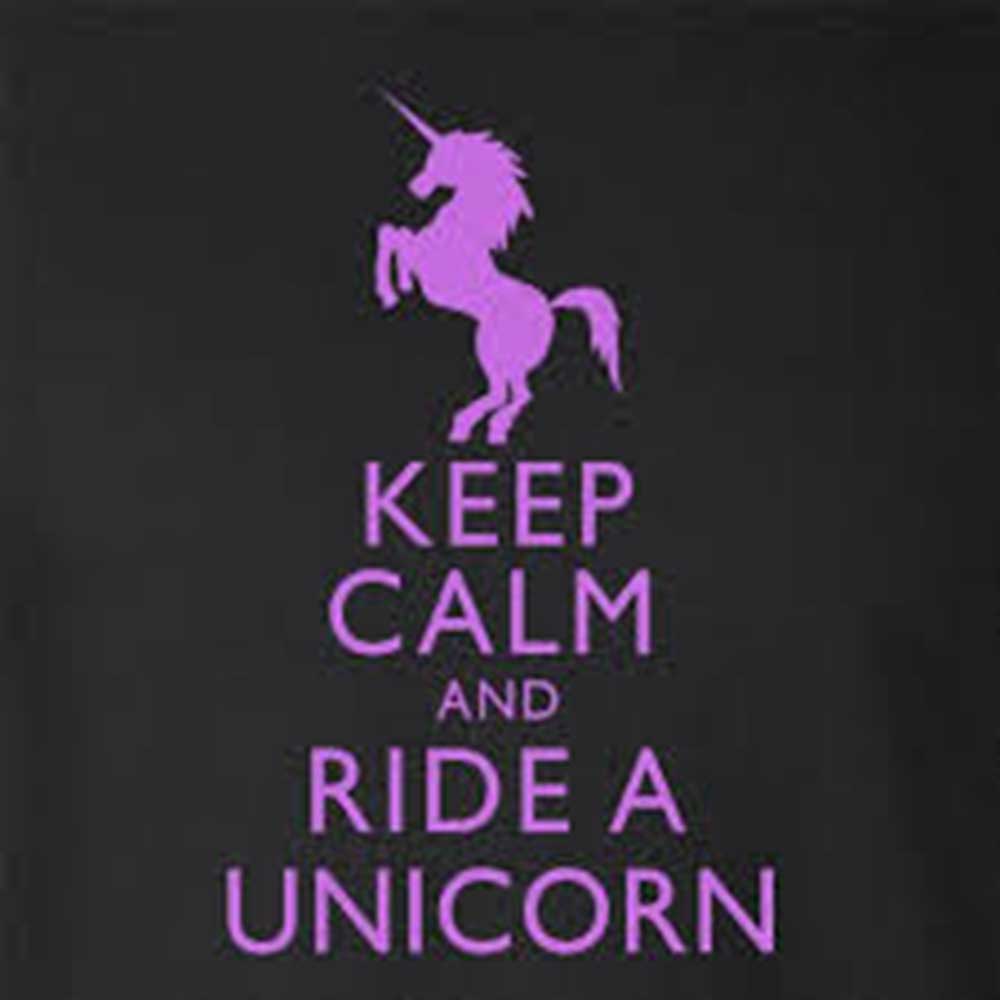
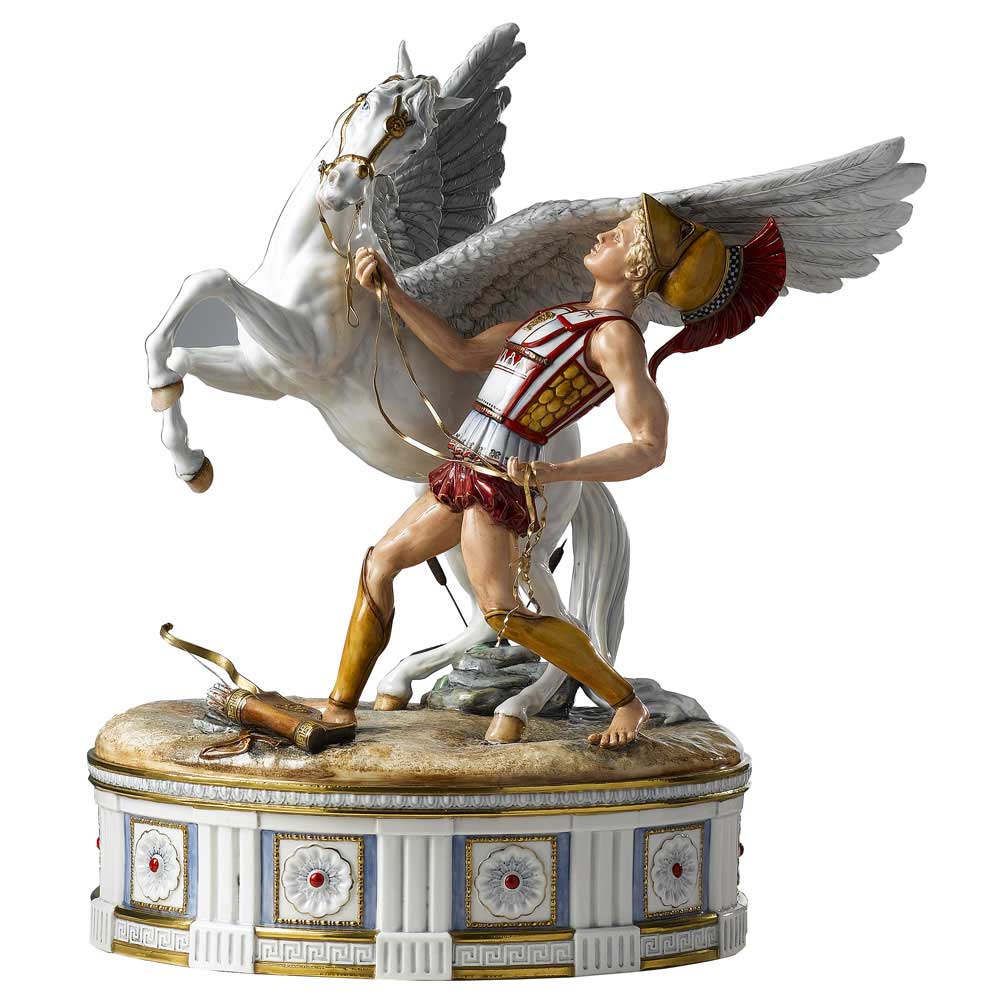
Royal Doulton Taming of Pegasus by S. Ridge
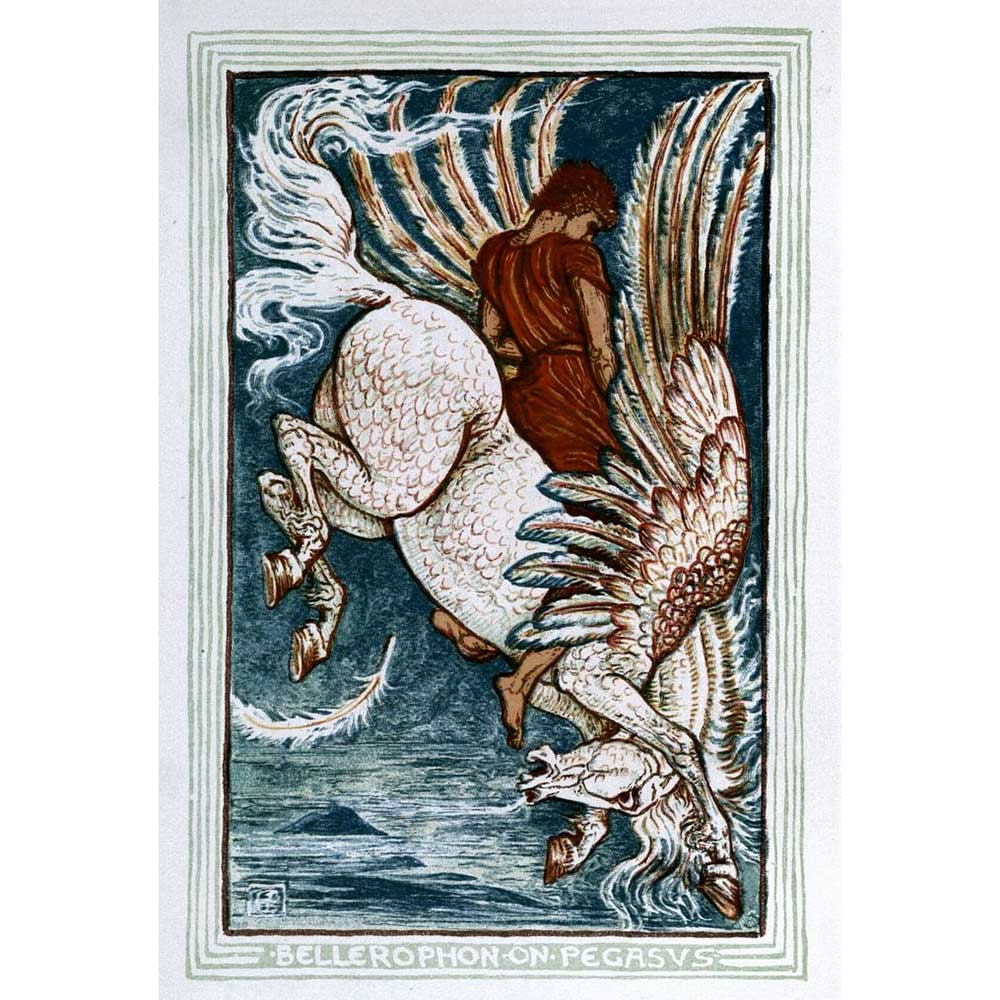
Bellerophone on Pegaus W. Crane
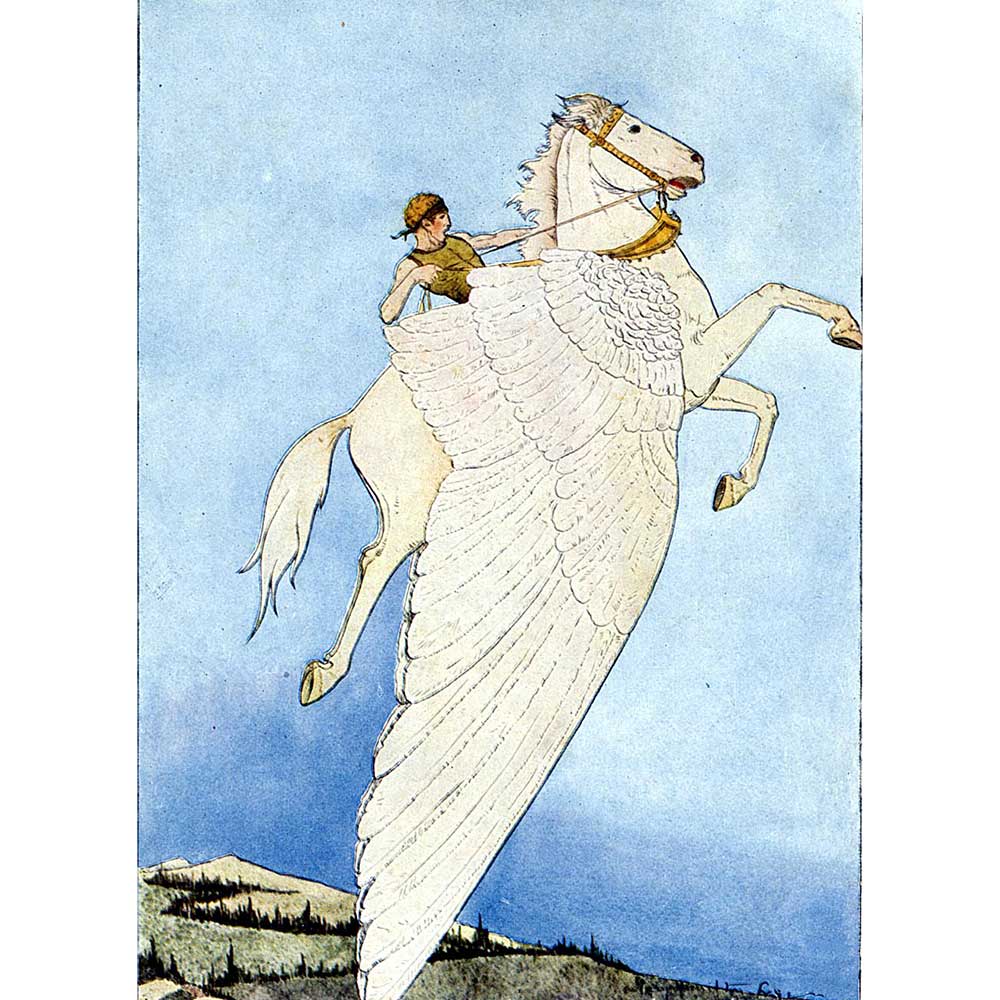
Winged Horse by M. Hamilton-Frye
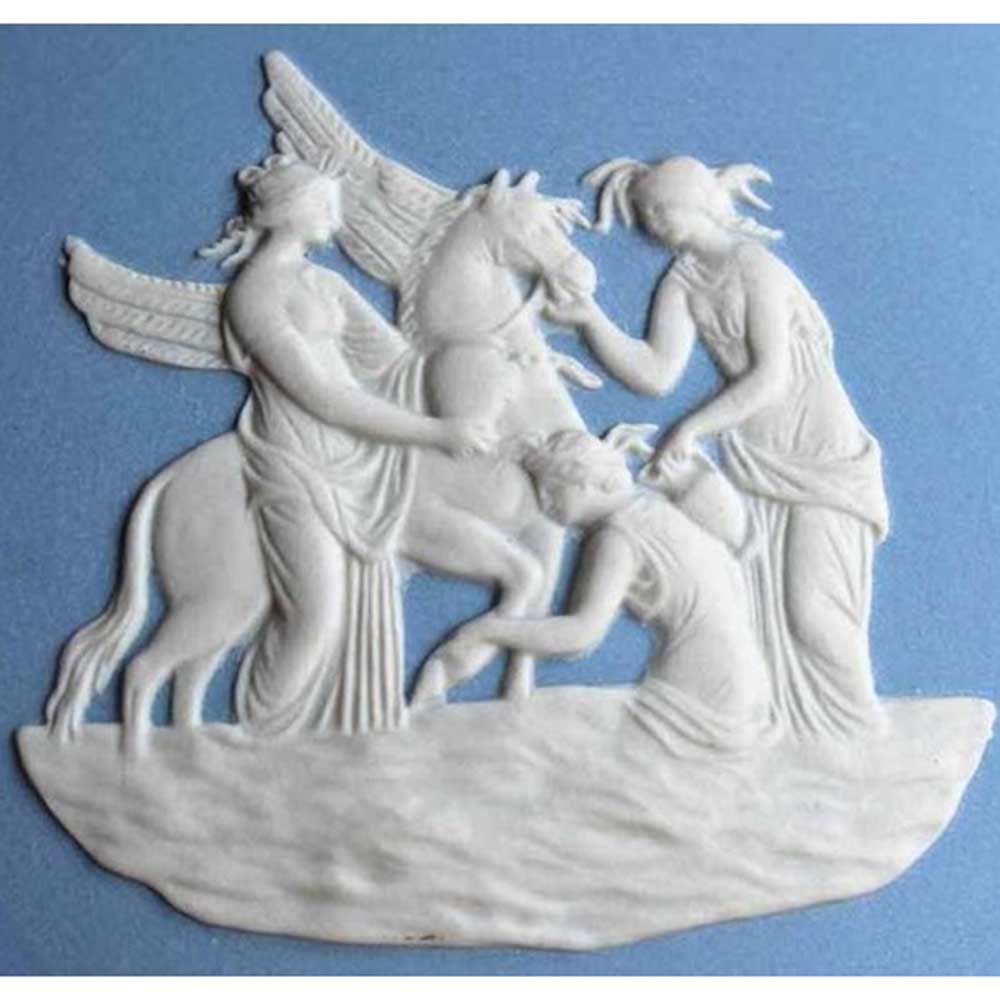
Wedgwood Pegasus
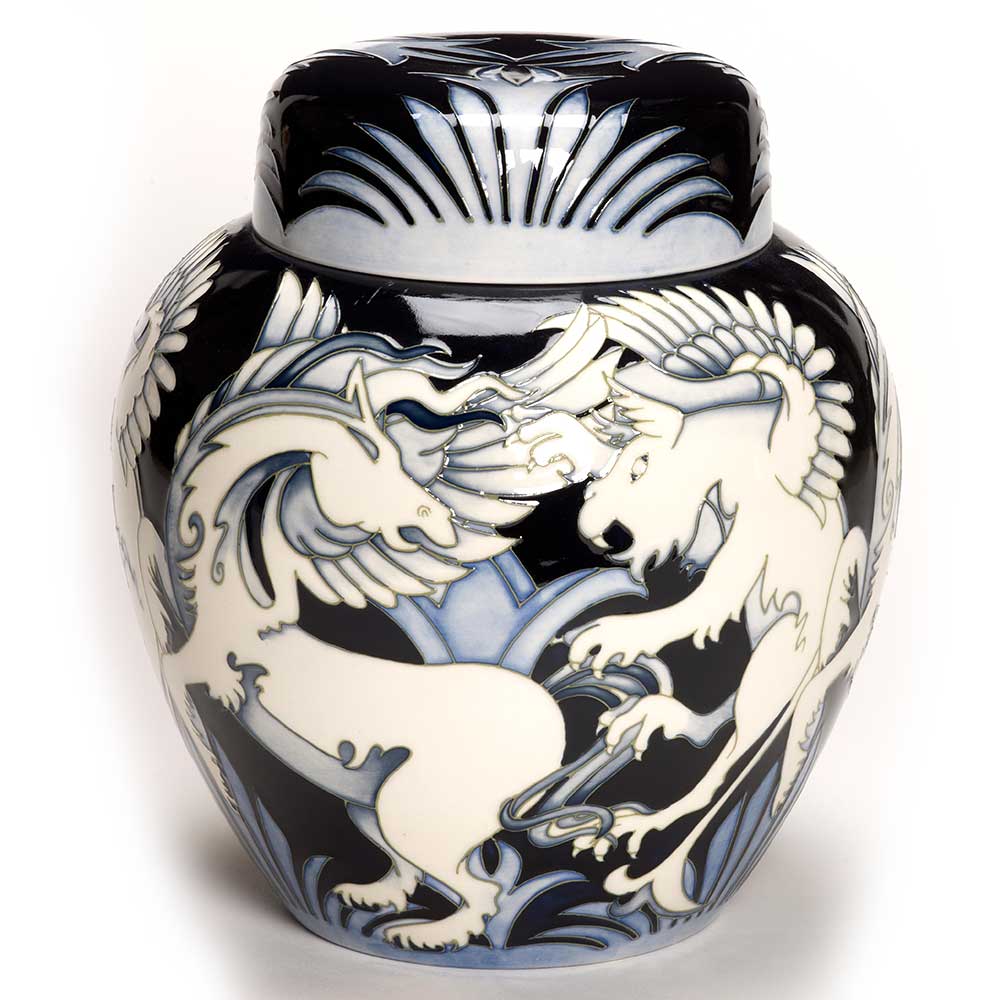
Moorcroft Dance of Griffins by V. Lovatt
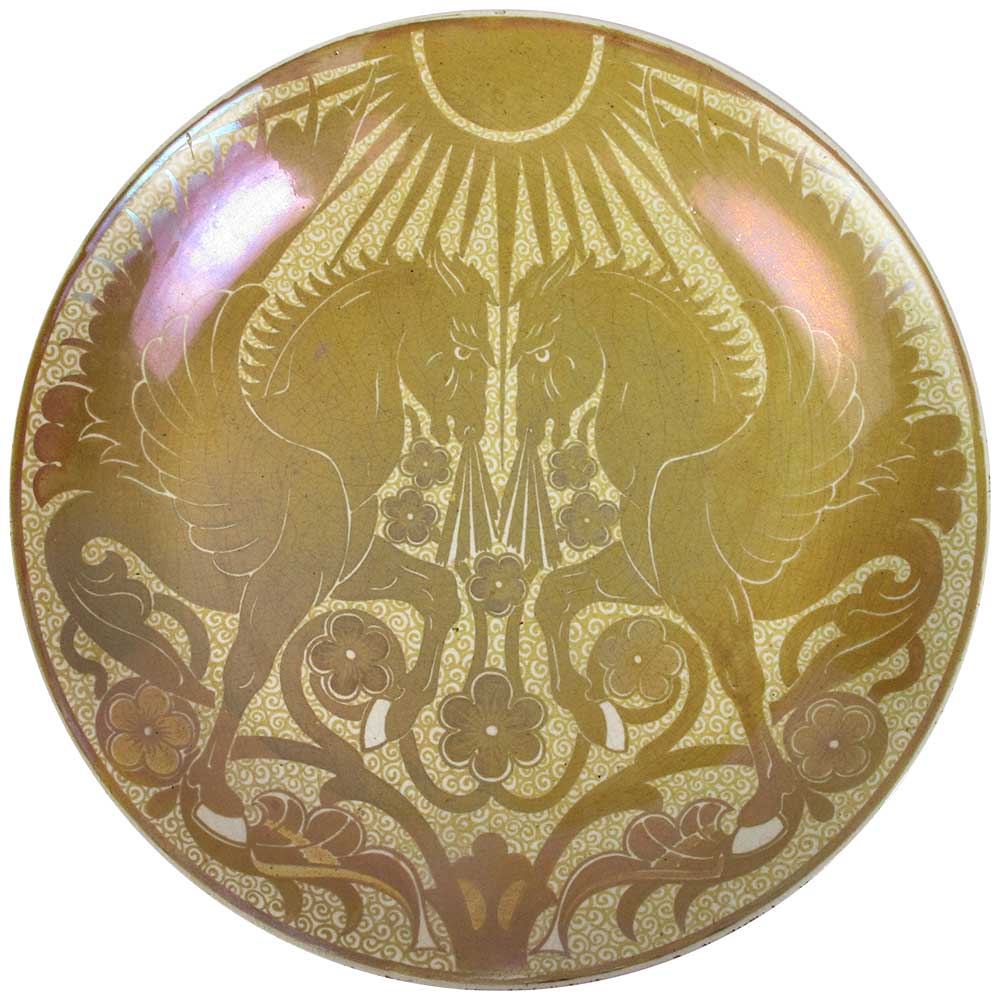
Winged Horses Luster Charger by W. De Morgan
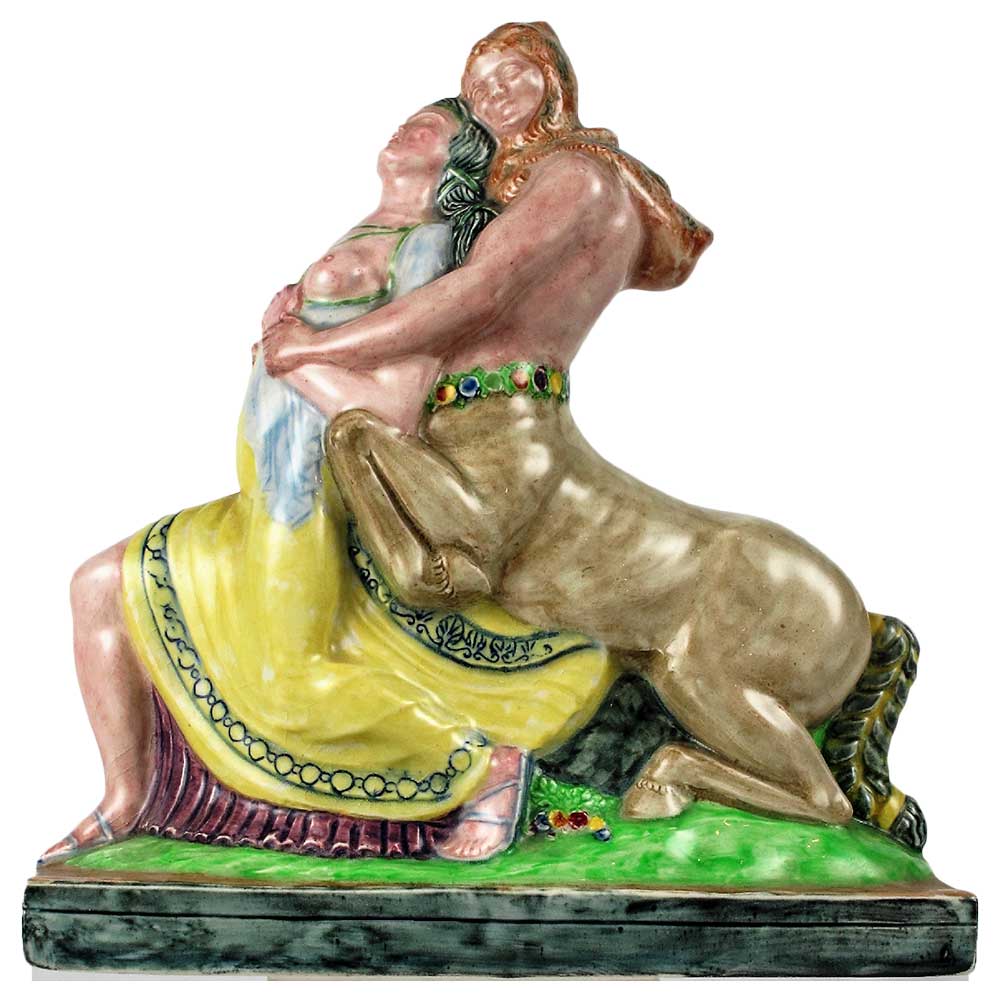
Centaur by D. Evans
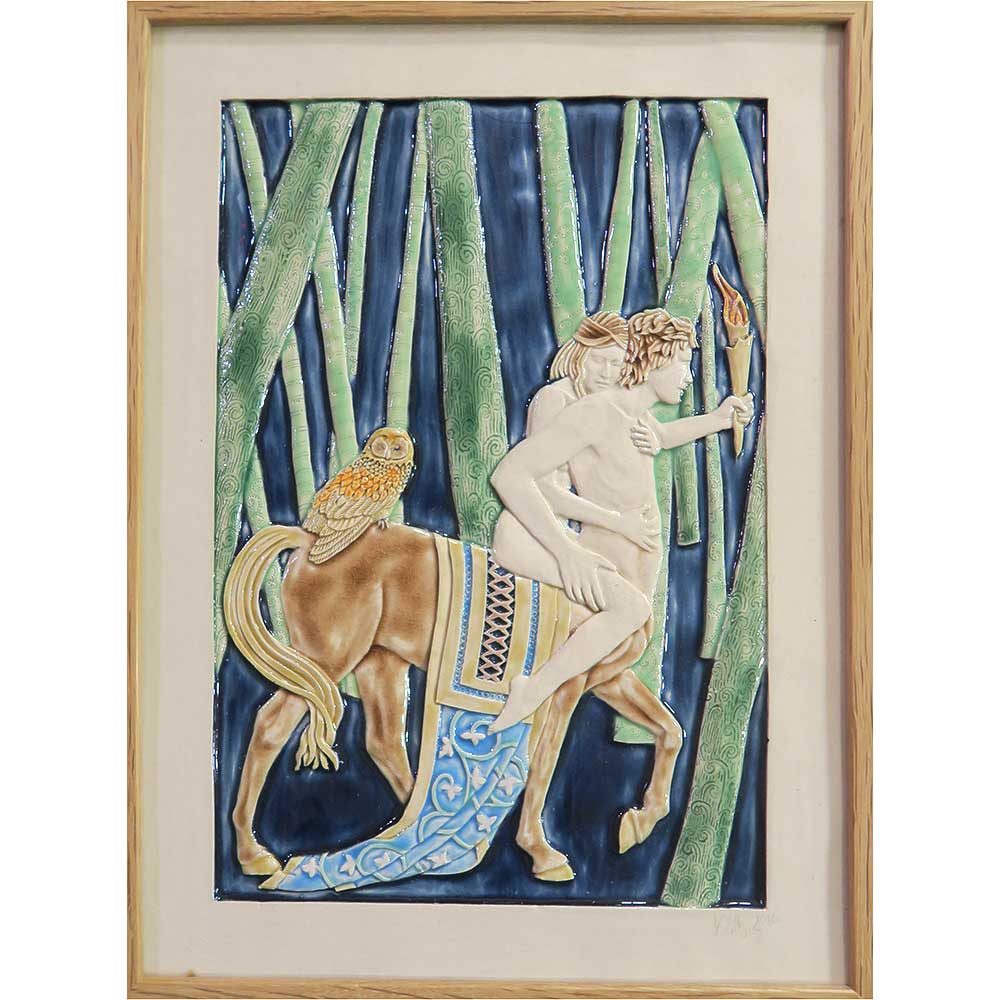
The Centaur Carries His Maiden Through the Woods by V. Ellis
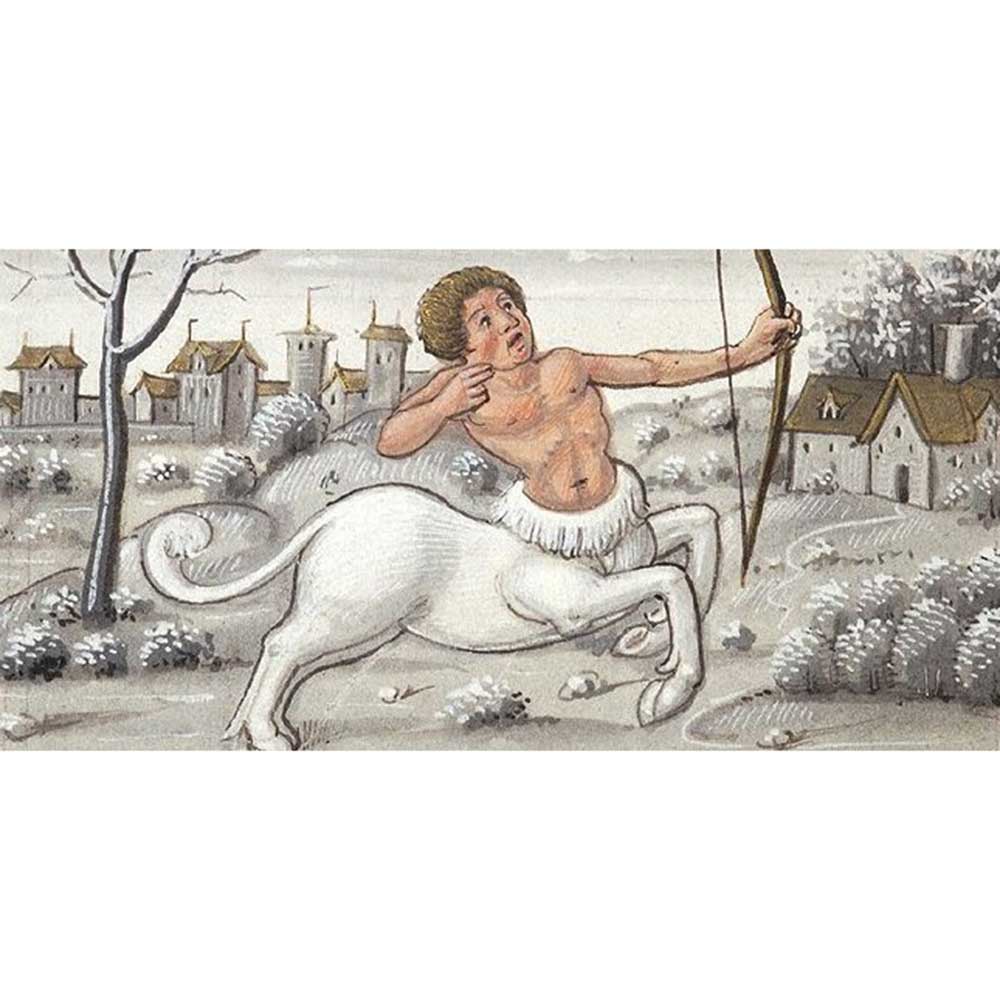
Centaur
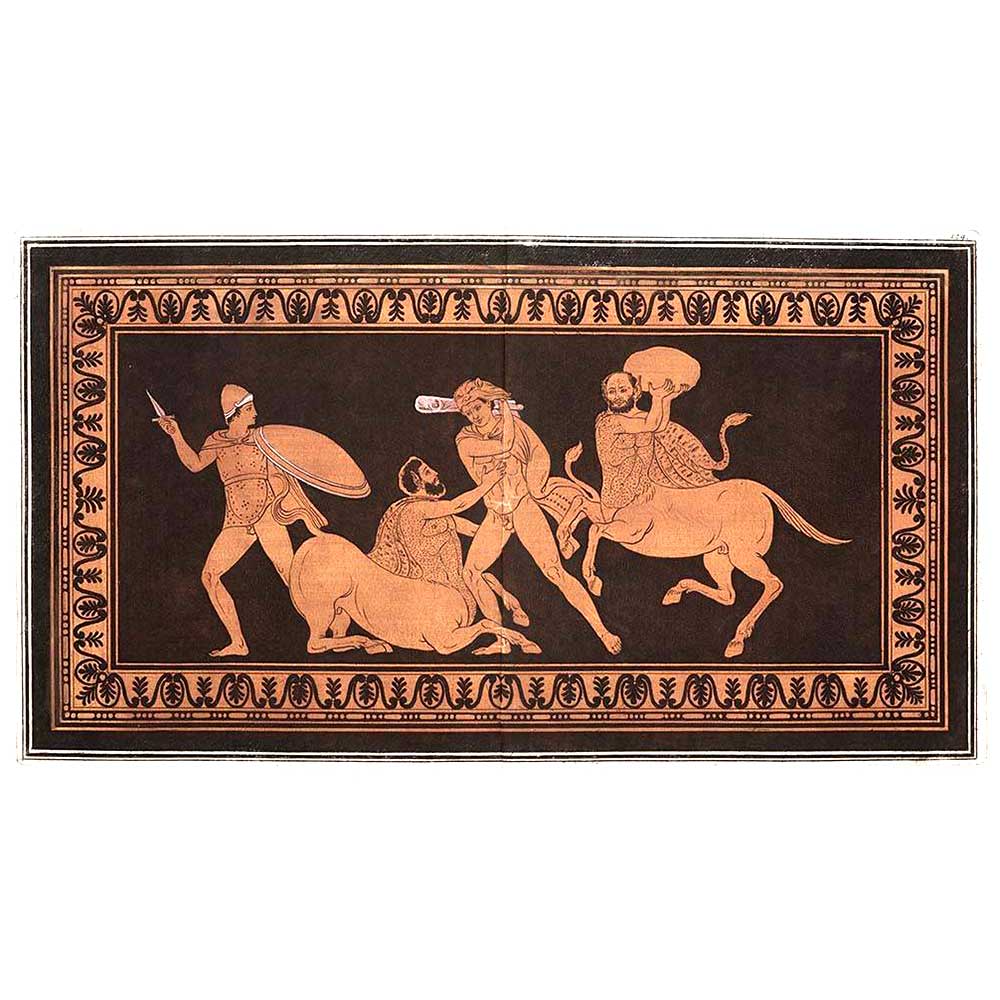
Hercules Fighting Centaurs Hamilton Cabinet
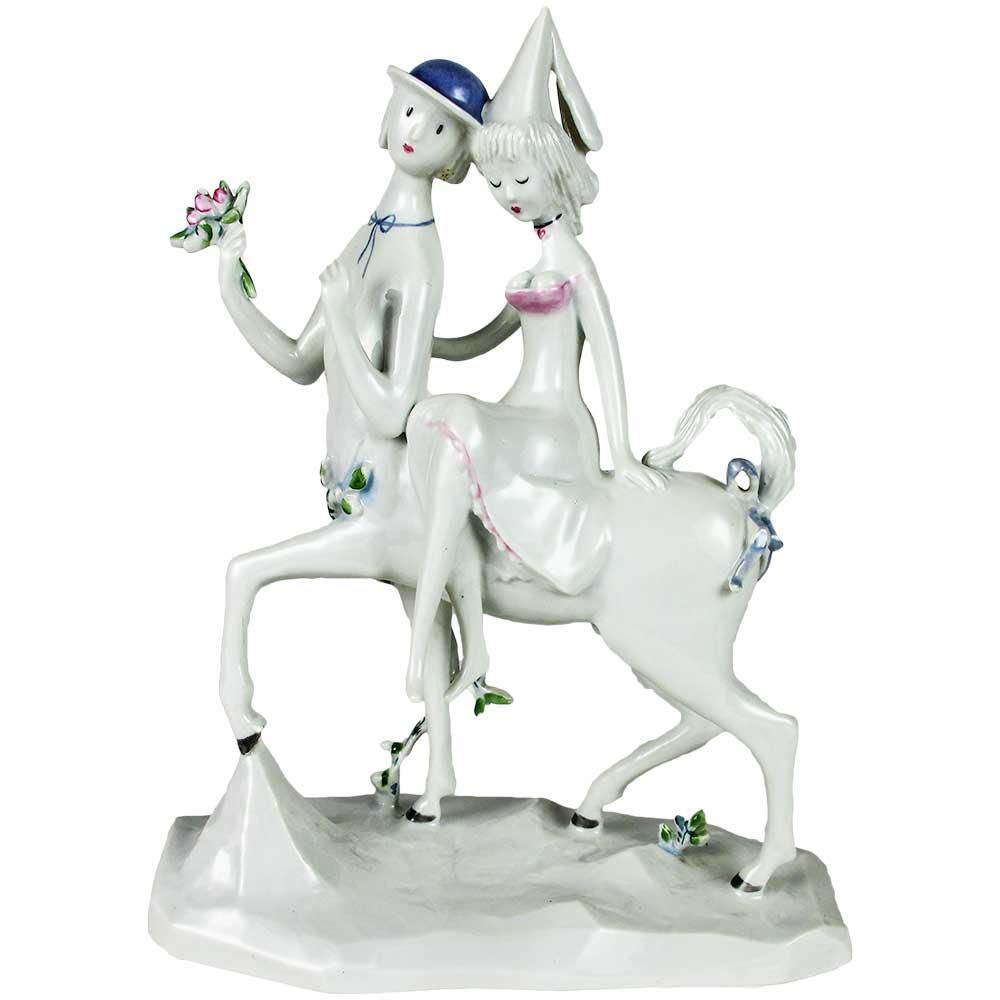
Rosenthal Centaur by R. Peynet
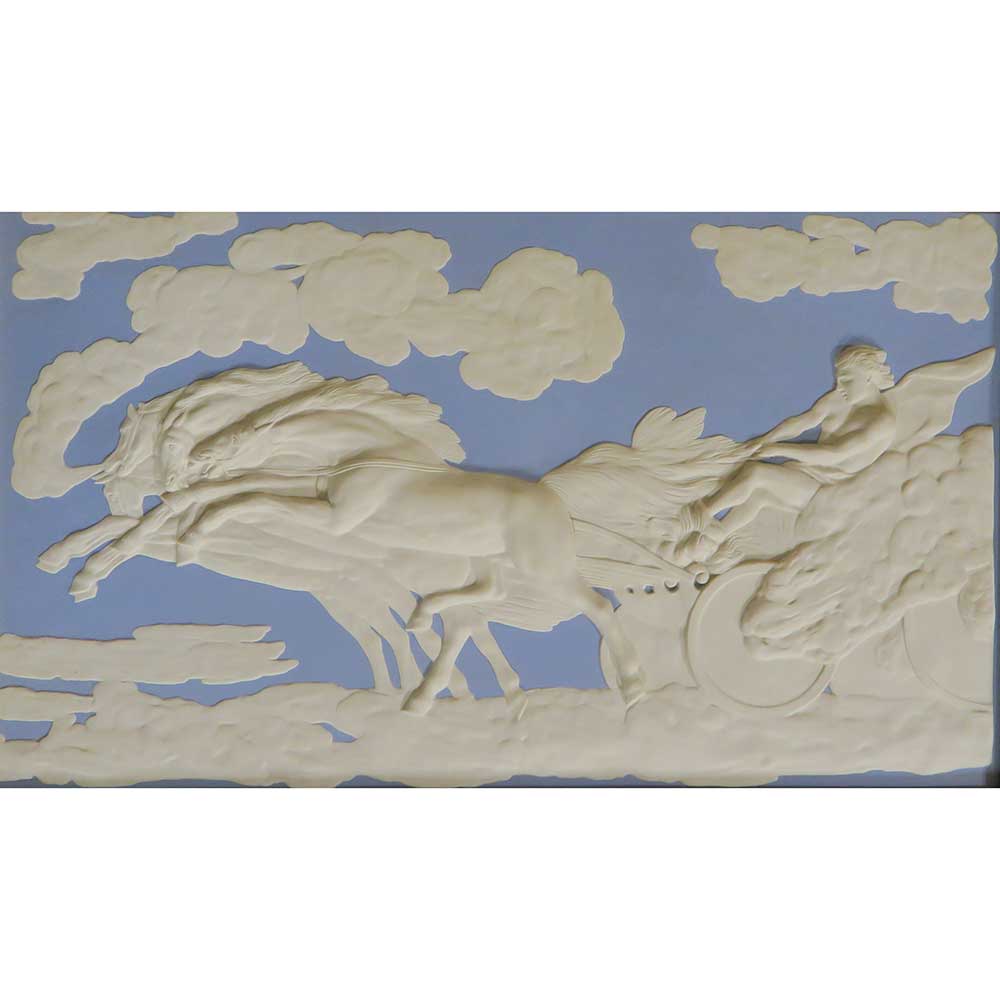
Wedgwood The Fall of Phaeton
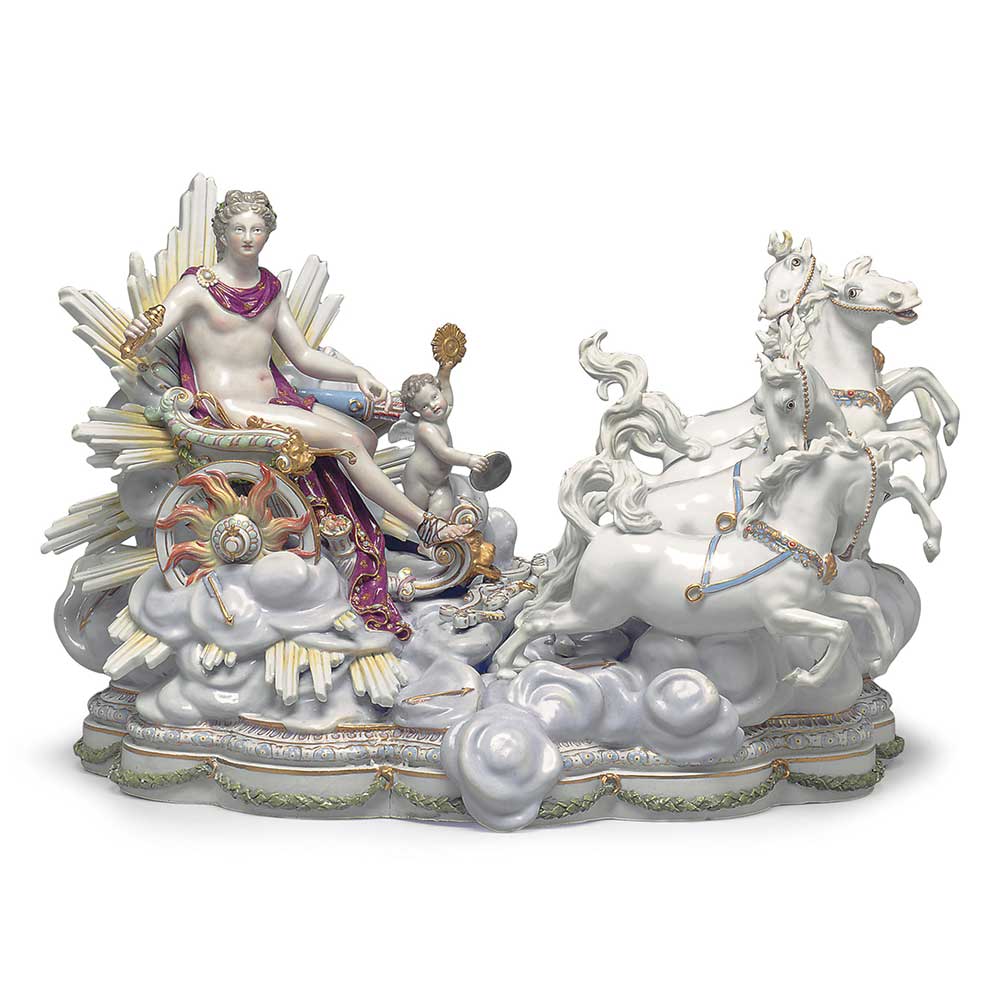
Meissen Apollo
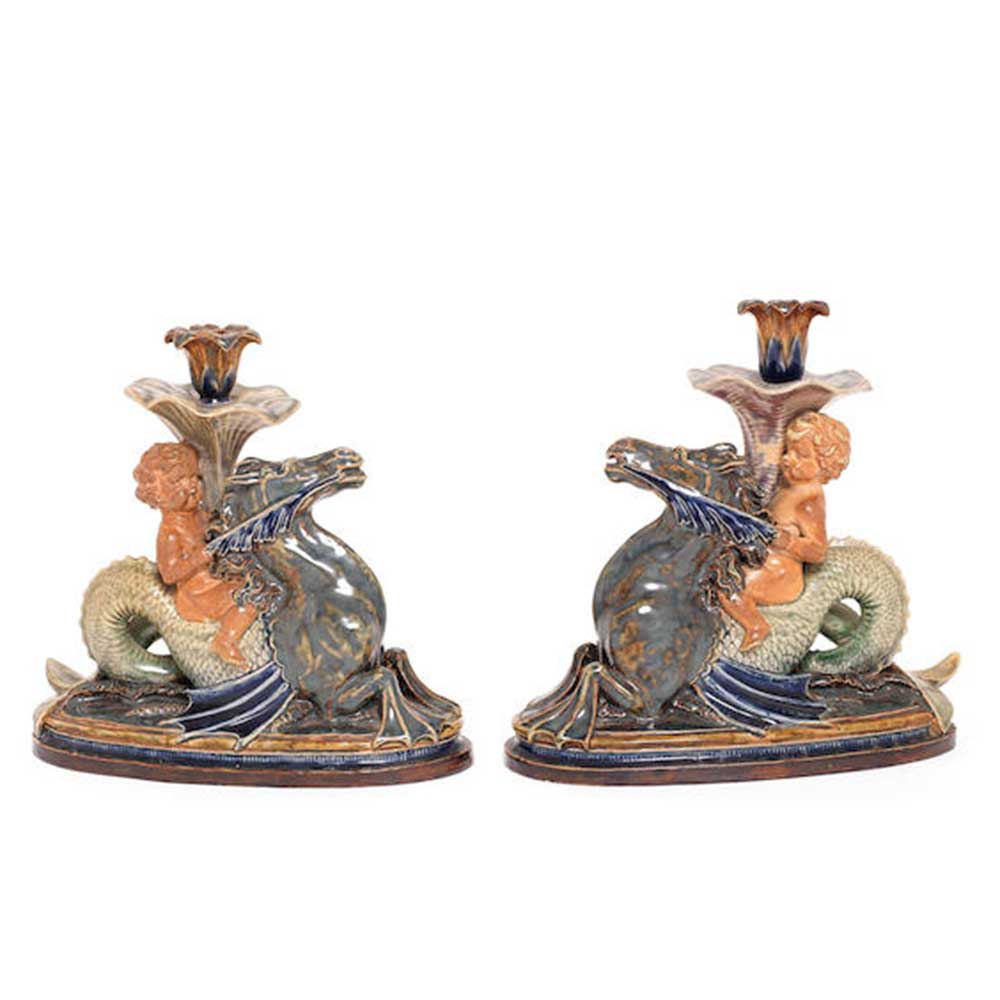
Doulton Lambeth Hippocamp Candlesticks
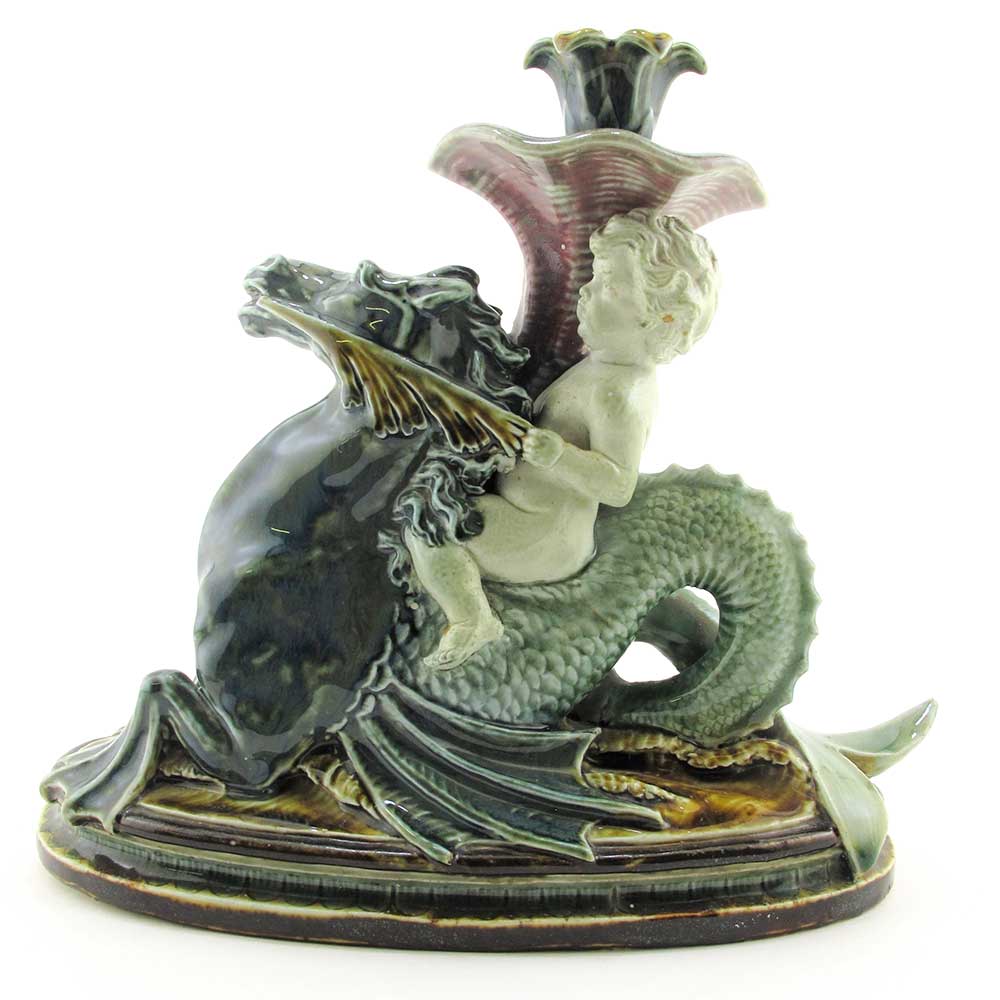
Doulton Lambeth Hippocamp Candlestick
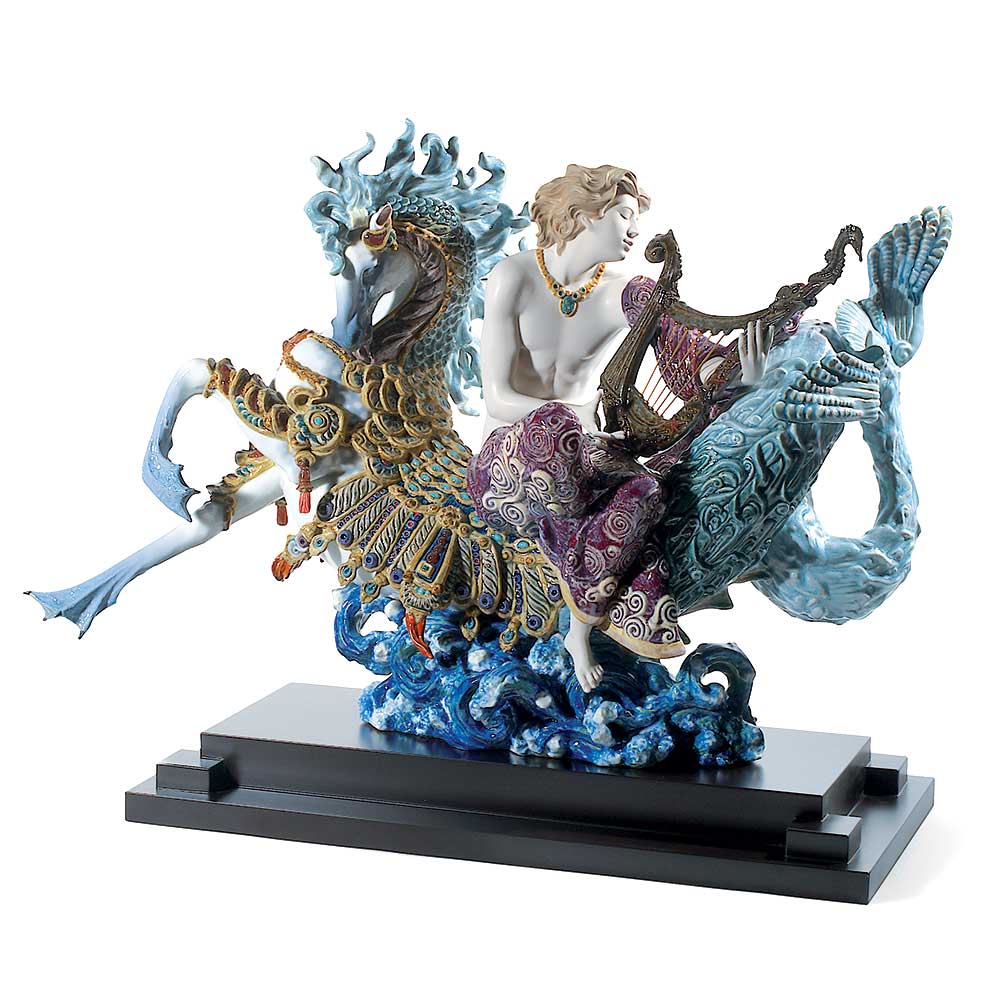
Lladro Arion on a Seahorse
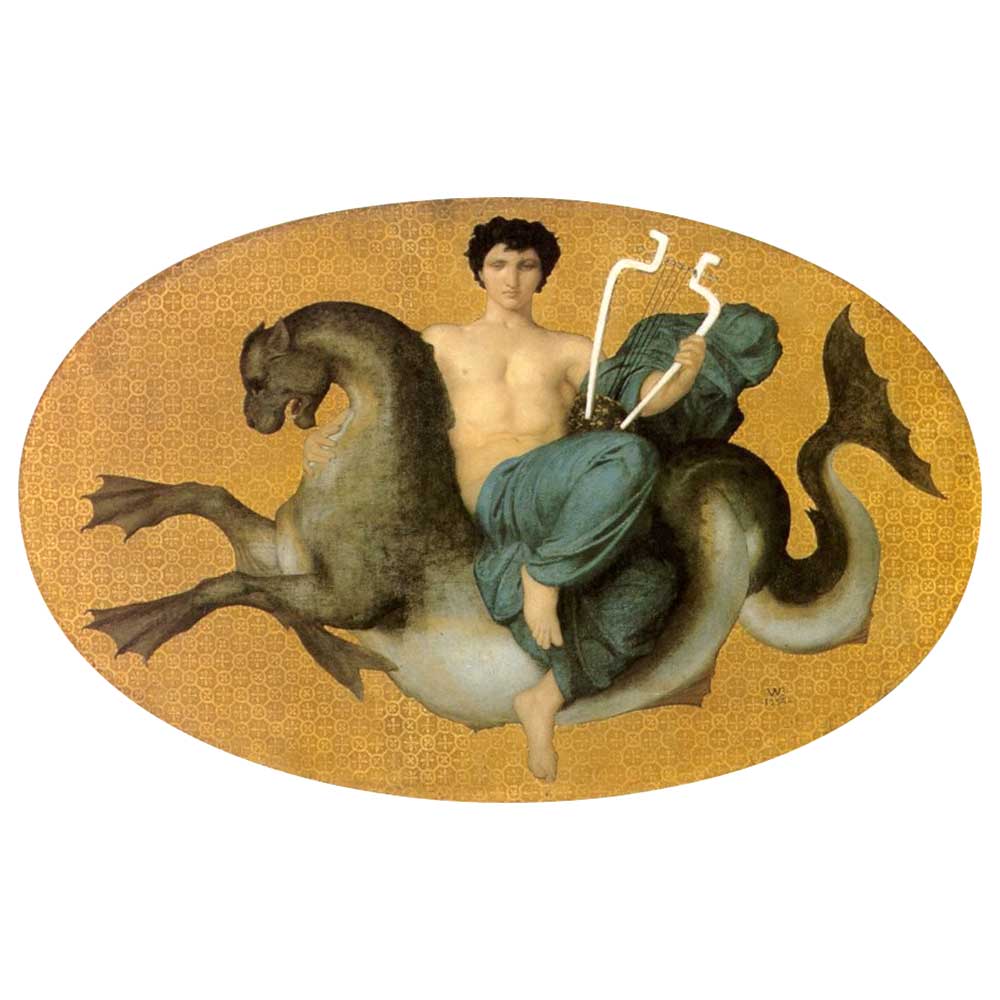
Arion on a Seahorse by Bouguereau
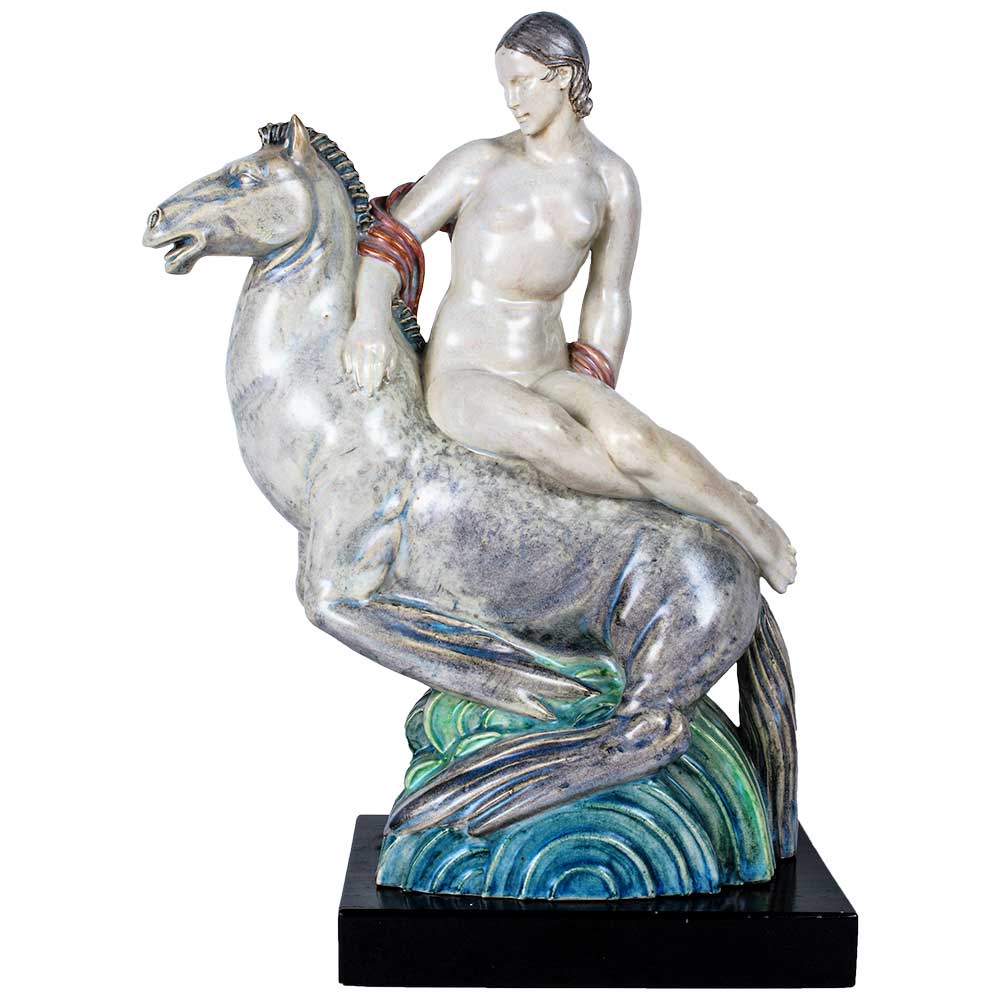
Amphitrite by C. Vyse
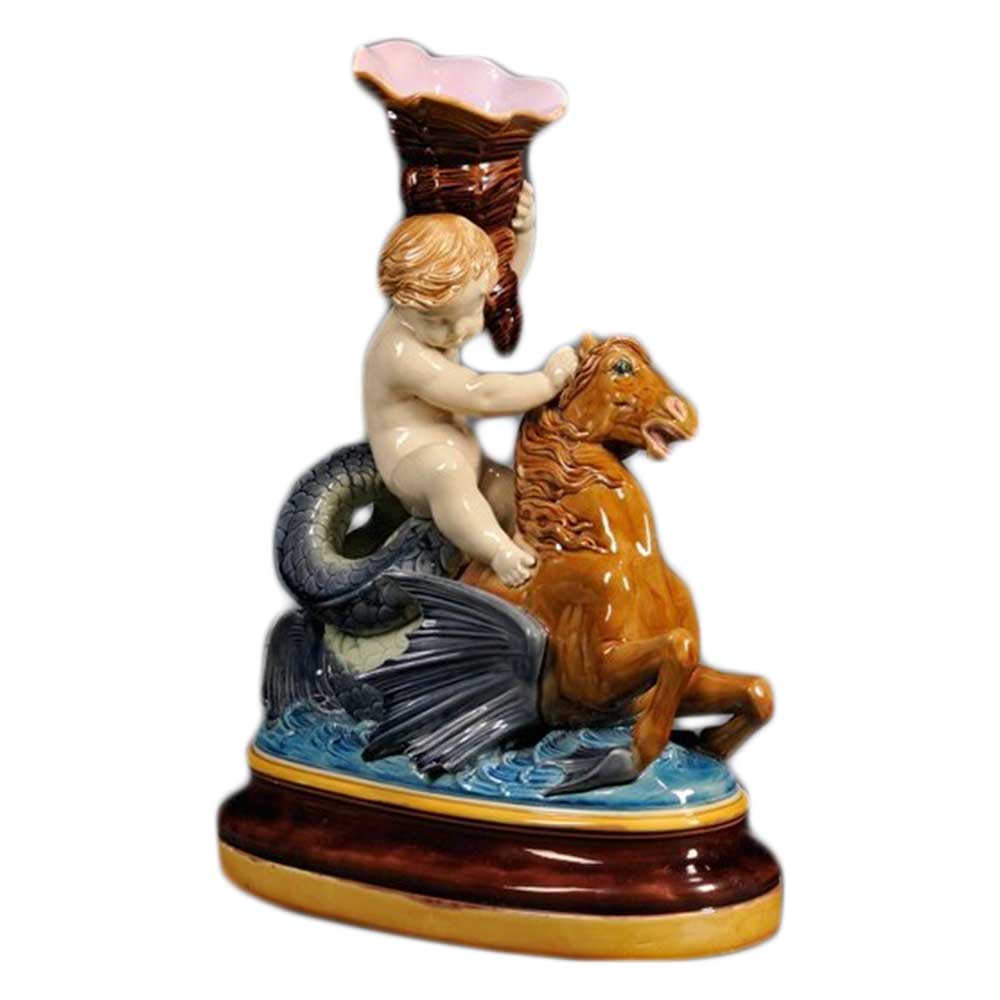
Minton Putto on a Seahorse
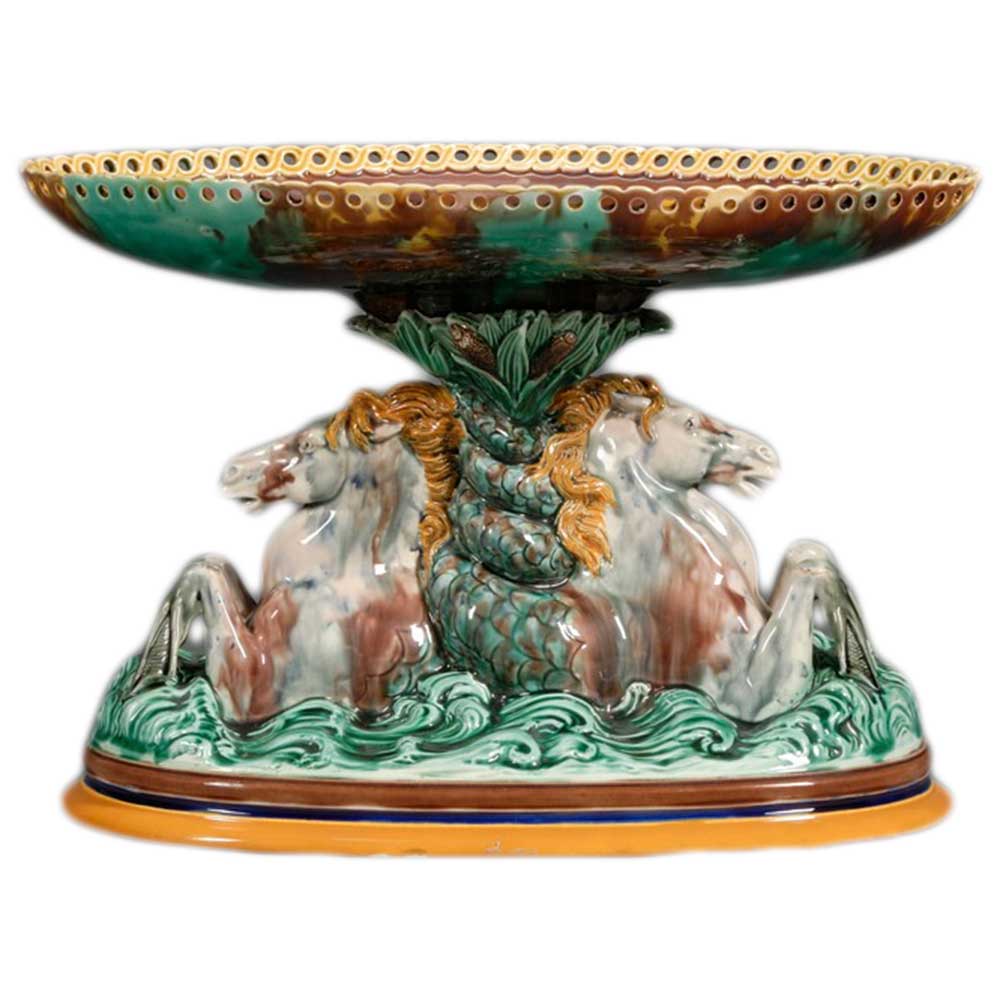
Wedgwood Hippocamp Tazza
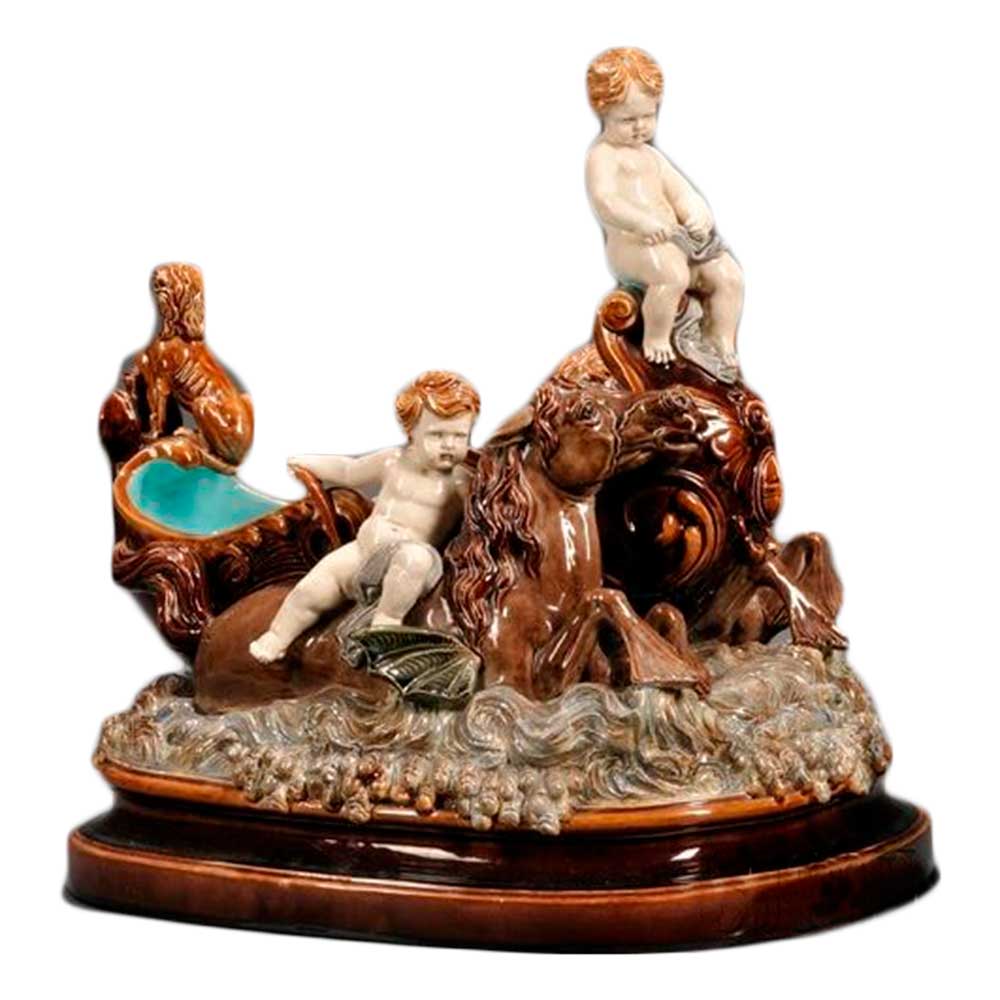
Schiller Putti with Seahorse
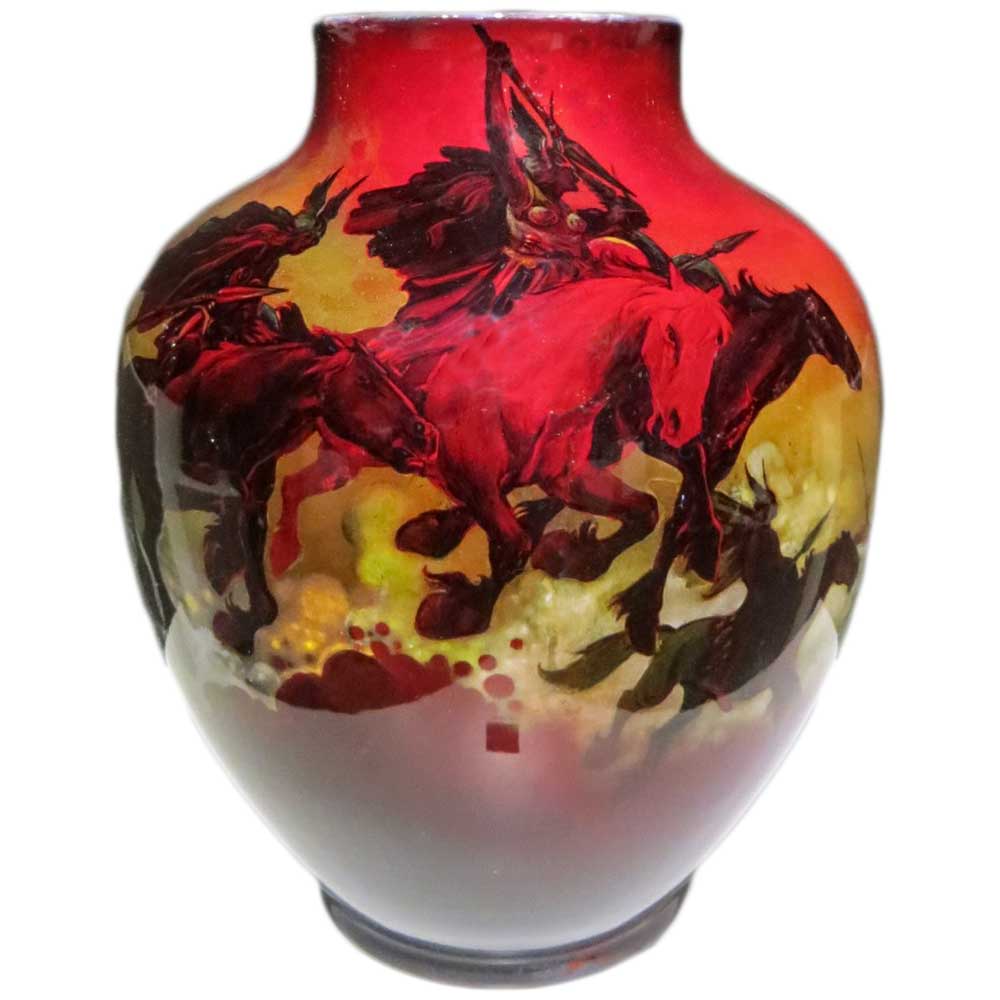
Royal Doulton Sung Valkyries
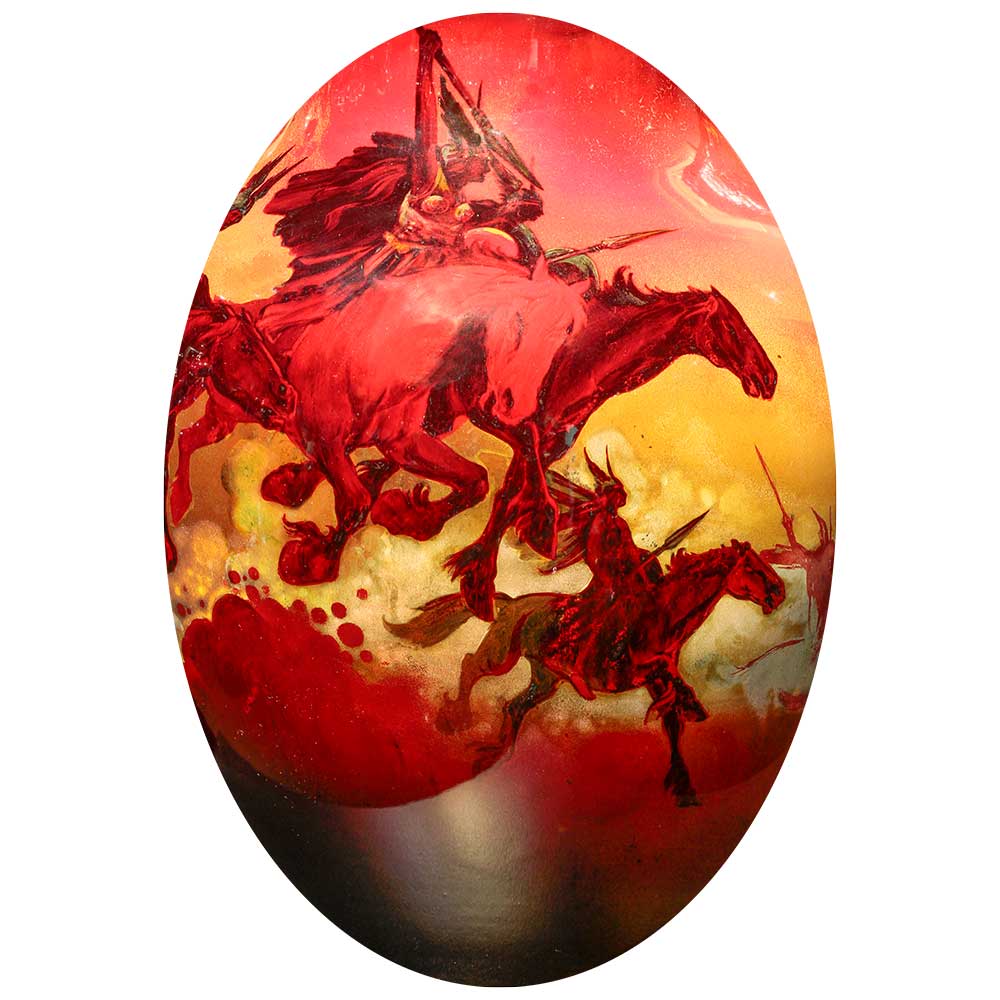
Royal Doulton Sung Valkyries detail
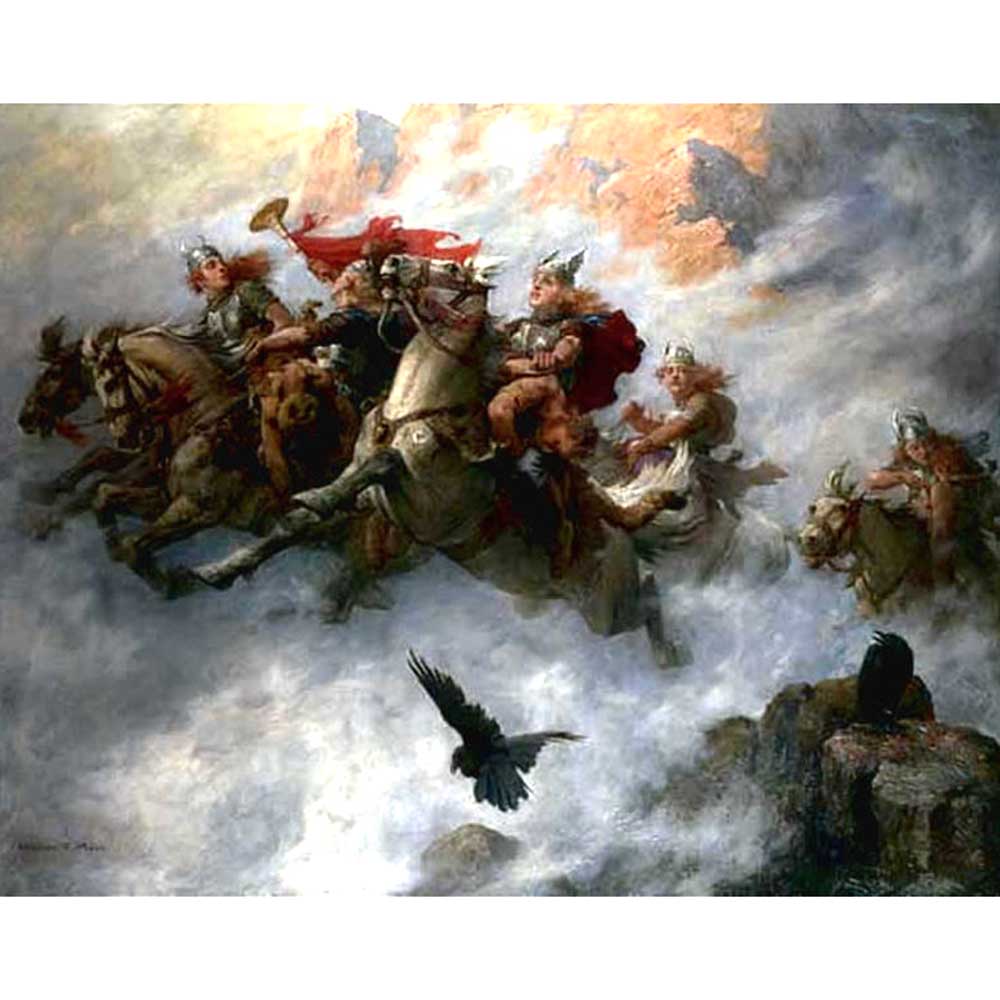
Ride of the Valkyries by W. Maud
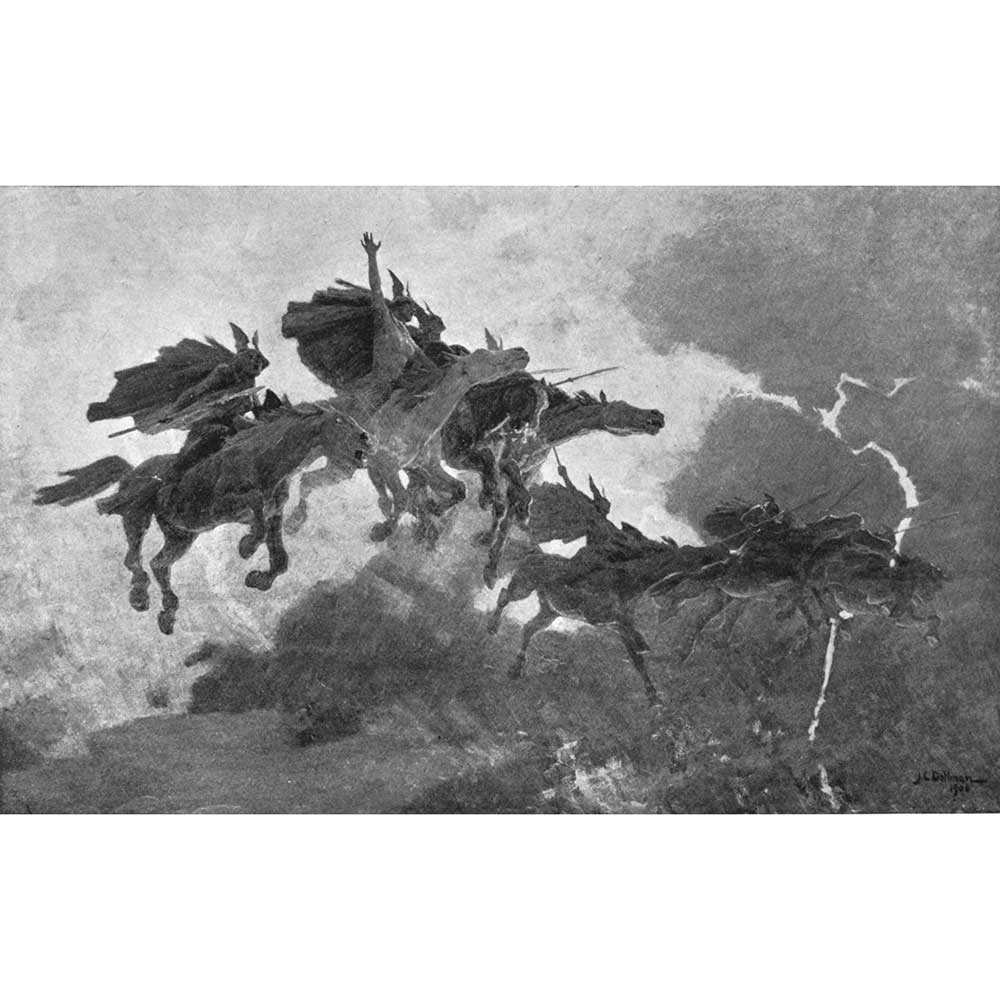
Ride of the Valkyries by J.C. Dellman
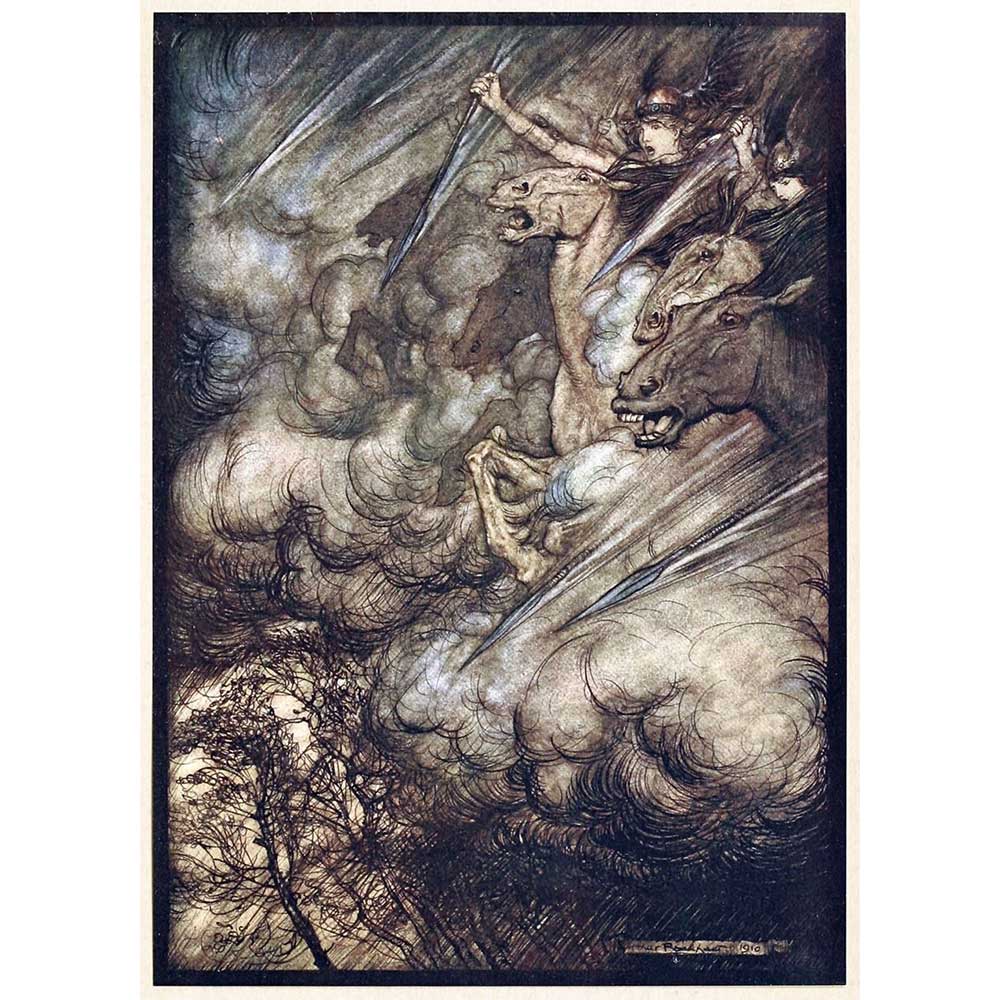
Rhinegold and the Valkyrie by A. Rackham
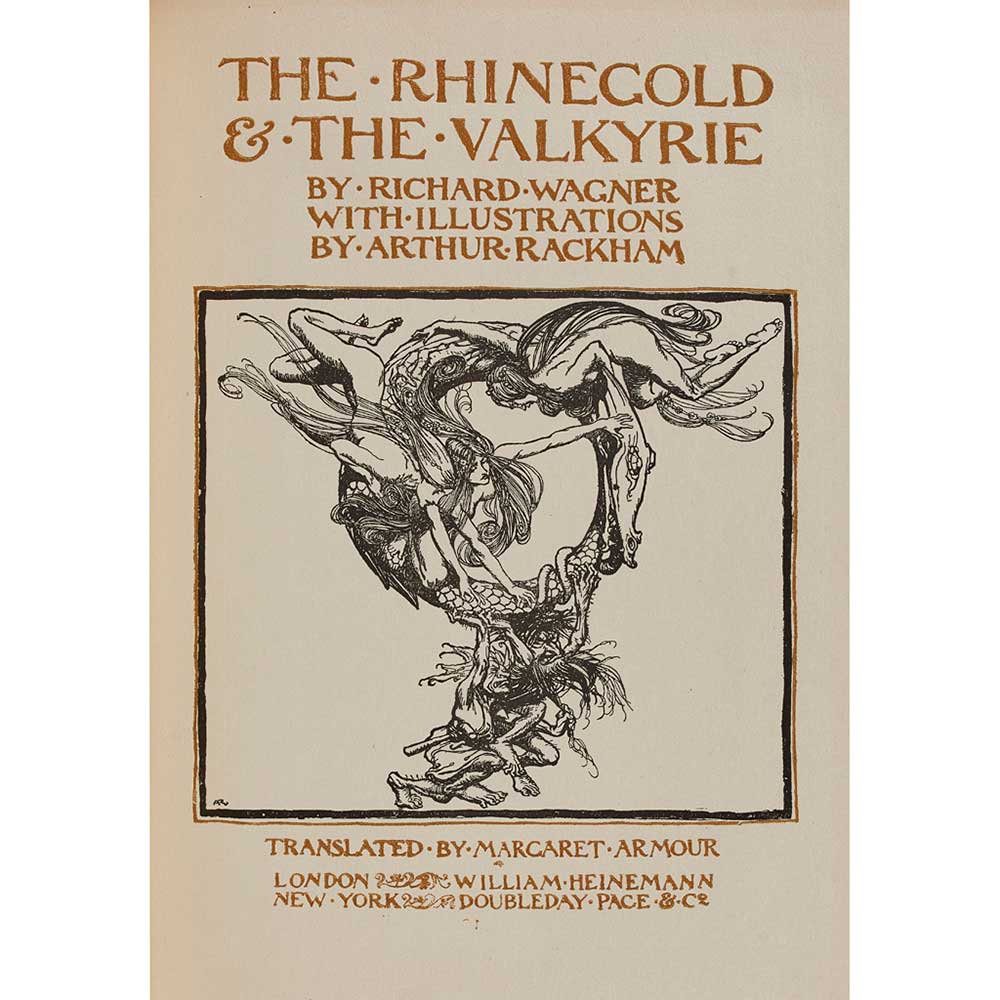
Rhinegold and the Valkyrie by A. Rackham
